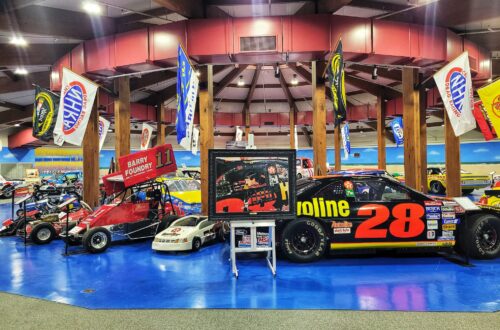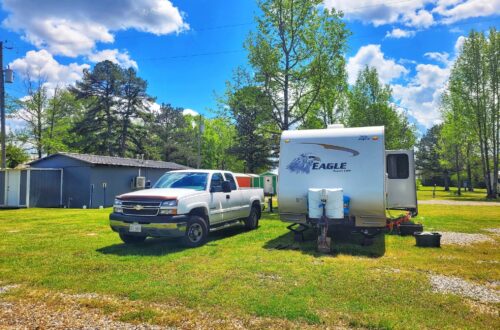Sometimes the best adventures happen when the weather doesn’t quite cooperate, like the rainy day we spent exploring the Anniston Museums and Gardens while staying nearby in Talladega, Alabama. We were in town to check out Alabama’s highpoint, but the drizzle gave us the perfect excuse to dive into something a little different: a day filled with history, art, and a touch of nature.
If you ever find yourself in the area looking for a fun, family-friendly way to spend a few hours, especially when the skies aren’t sunny, the Anniston Museums offer a fantastic mix of fascinating collections and peaceful gardens that make for a memorable visit, rain or shine. Let me tell you all about it!
About the Anniston Museums and Gardens
Tucked into the foothills of the Appalachian Mountains, the Anniston Museums and Gardens (AM&G) is a hidden gem in northeast Alabama that’s absolutely worth a stop. Whether you’re into dinosaurs and dioramas, espionage and antique weapons, or peaceful nature trails full of native blooms and birdsong, this place truly has something for everyone.
AM&G is actually three destinations in one:
- The Anniston Museum of Natural History
- The Berman Museum
- The Longleaf Botanical Gardens
Together, they let you explore art, science, history, and the outdoors. With affordable combo tickets and plenty of interactive exhibits, it’s an especially great stop for families, road trippers, and curious minds of all ages.
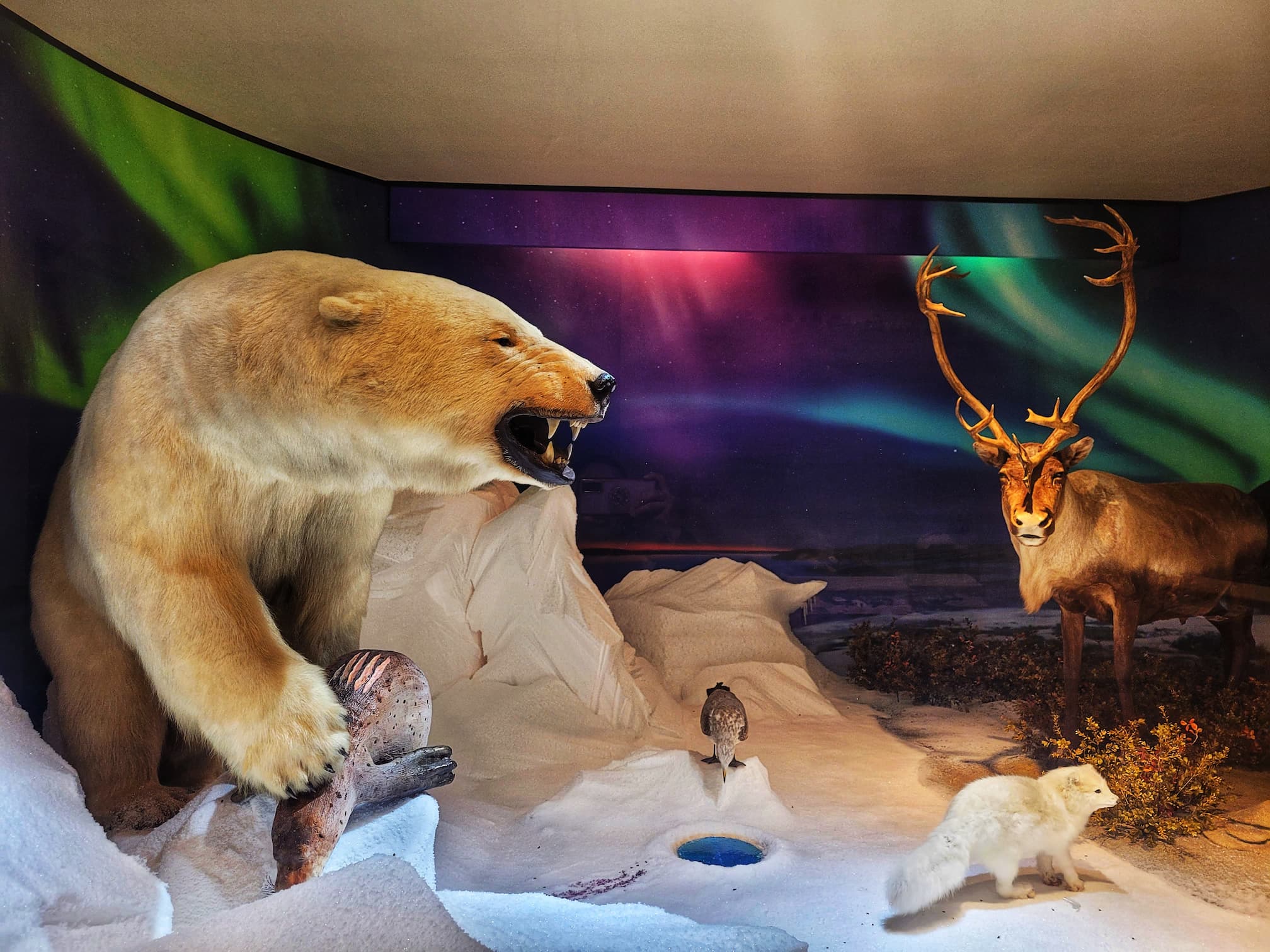
How to Visit the Anniston Museums and Gardens
Hours:
- Tuesday-Saturday: 10am-5pm
- Sunday: 1-5pm
- Monday: 10am-5pm from Memorial Day to Labor Day
- Last admission is 4:30pm every day
Address:
800 Museum Drive, Anniston, AL 36206
https://www.exploreamag.org/
Admission Costs:
- Passport tickets (includes both museums): $18/adults, $15/seniors, $12/kids, Free for kids 0-3
- Single museum tickets: $12/adults, $10/seniors, $8/kids
Museum Store: located inside the Natural History Museum, plus there is a mini-store in the Berman lobby
Rules:
- No pets
- No food/drink in exhibit halls
- Don’t touch exhibits unless there is a sticker saying it’s hands-on
- Kids 17 and under must be with an adult
Anniston Museum of Natural History: A Walk Through the Natural World
Stepping into the Anniston Museum of Natural History feels like opening the ultimate time capsule. Accredited by the American Alliance of Museums and a Smithsonian affiliate, this museum has been inspiring visitors since 1930 with its fascinating collection of fossils, gems, animal mounts, and anthropological artifacts.
The museum’s roots go back to naturalist William H. Werner, who had a passion for lifelike bird dioramas. Today, his legacy lives on in exhibits that take you from the wilds of Africa to ancient Egypt. Exhibits include:
- Dynamic Earth
- Alabama: Sand to Cedars
- Force Factory
- Attack & Defense
- Regar Memorial Hall
- Environments of Africa
- Ancient Egypet
- Temporary Exhibit Hall
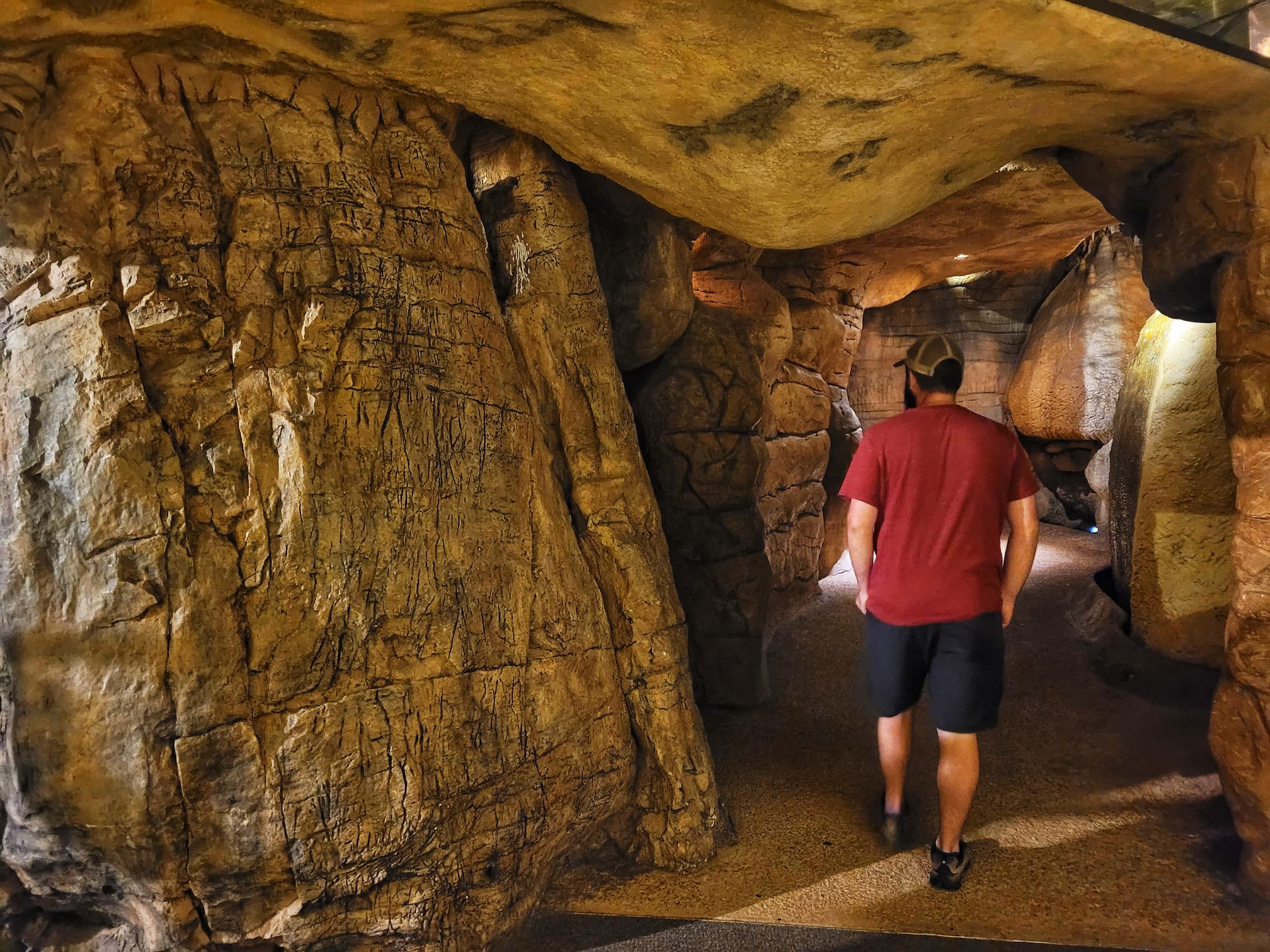
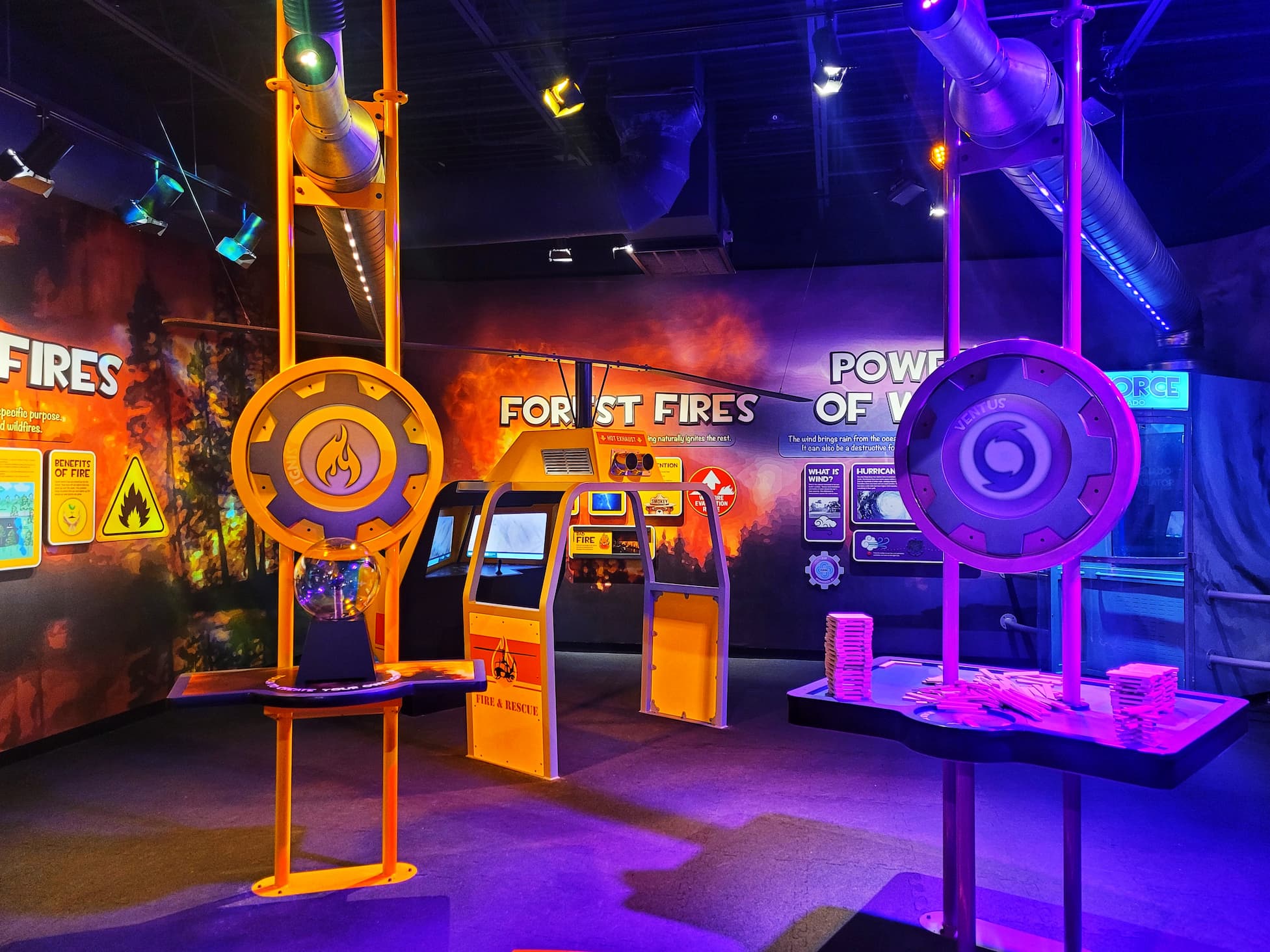
Pictured above on the left is the super realistic cave exhibit. This photo doesn’t even do justice to how realistic some parts of the cave were (and we say that as people who visit a lot of caves!). On the right is Force Factory, an exhibit designed especially for kids that teaches about how different forces affect the natural world. It’s full of fun hands-on activities that align with Alabama’s STEAM standards.
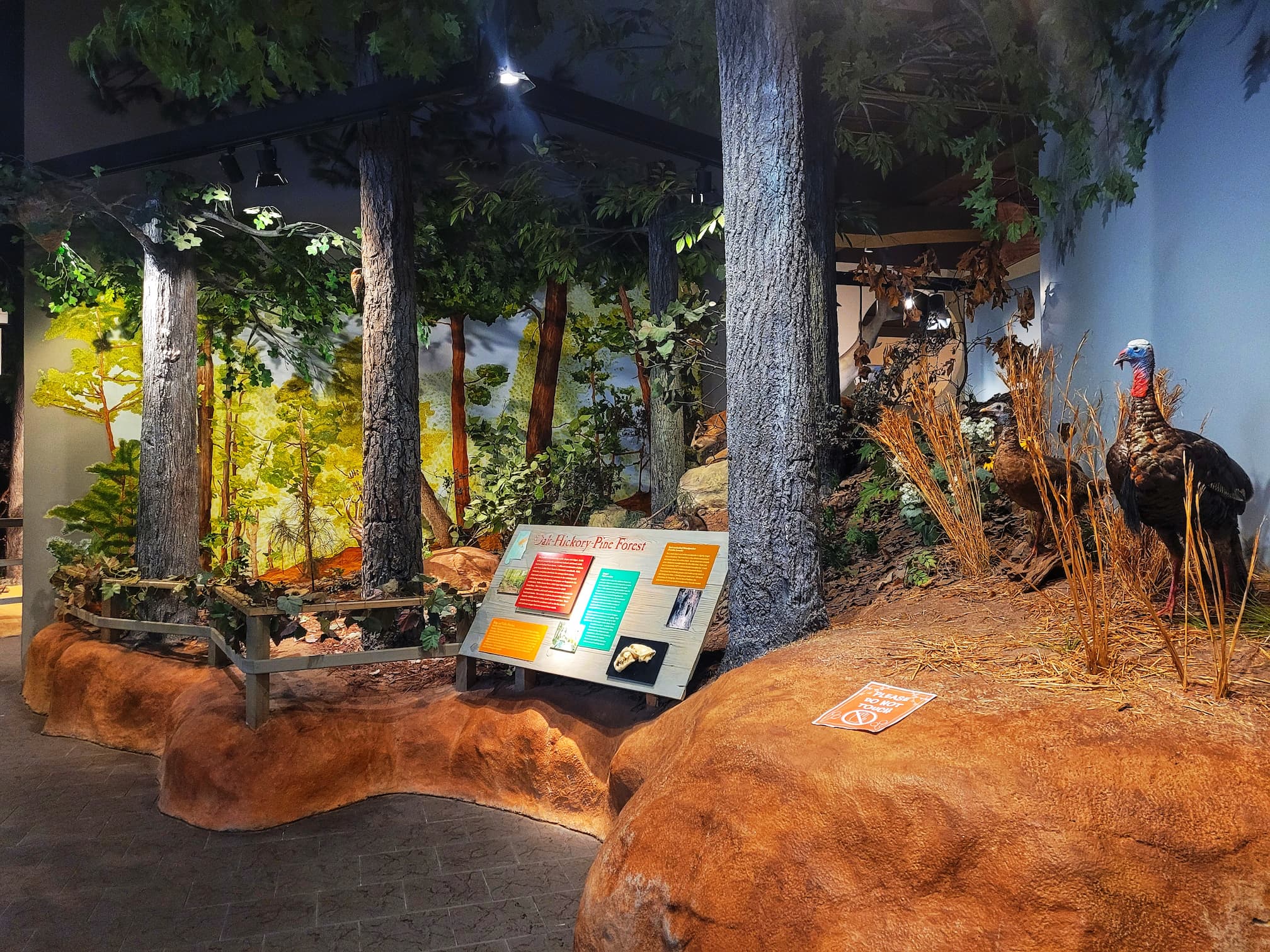
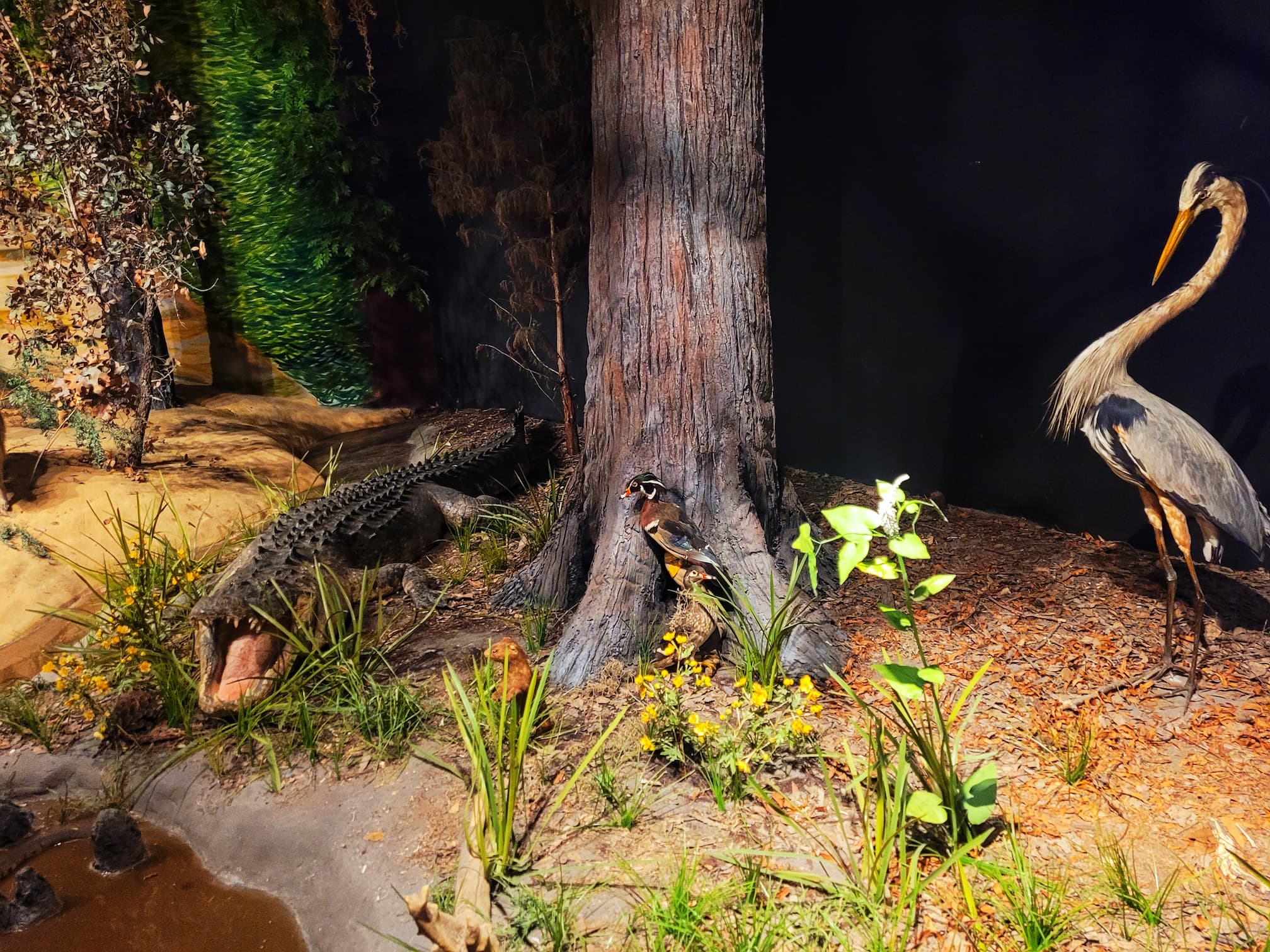
The two photos above are from the Alabama: Sands to Cedars exhibit, which winds through several rooms showing different ecosystems found in Alabama. Again, they were super realistic exhibits! The boardwalk especially felt like you were actually walking through a swamp.
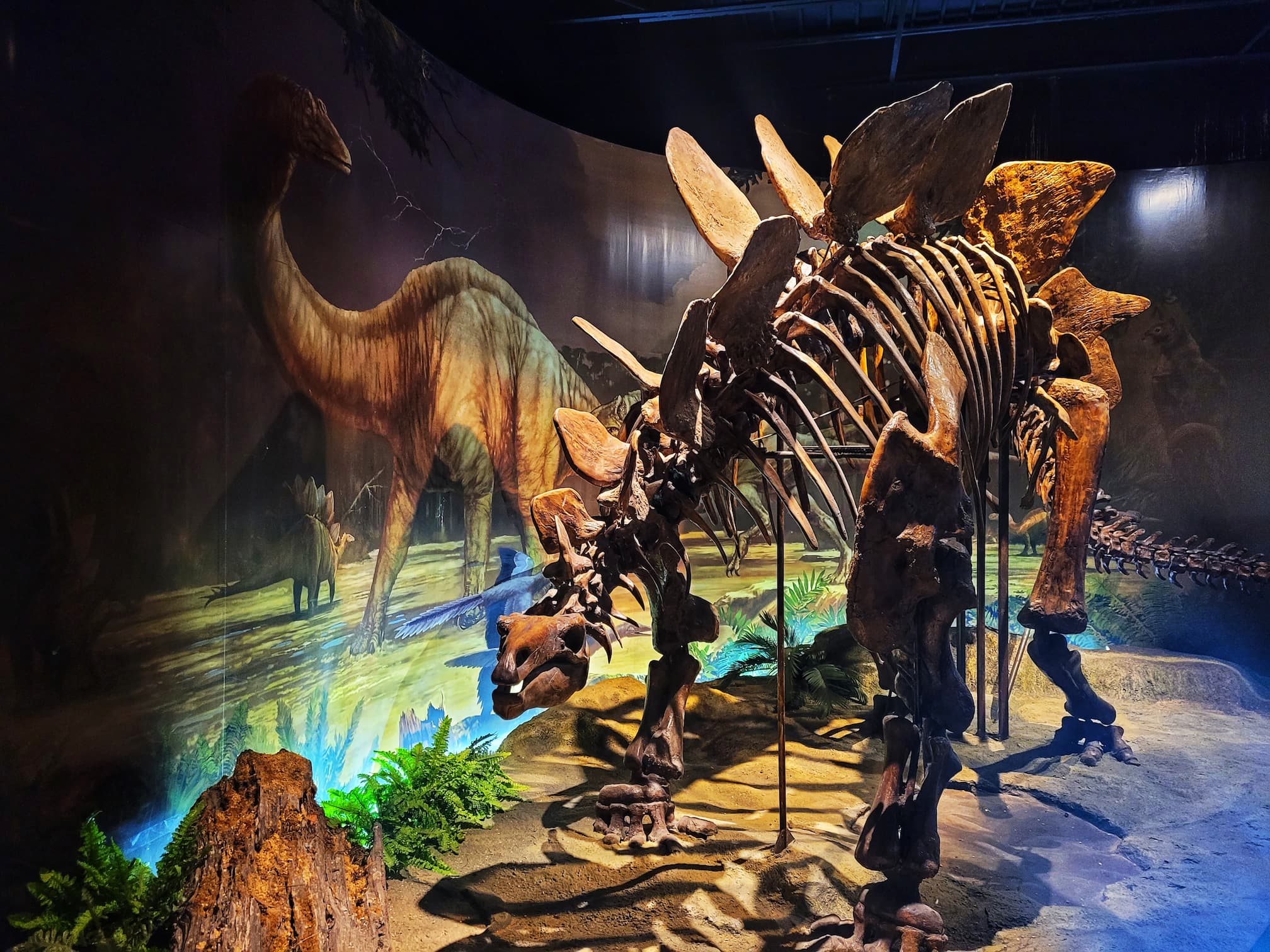
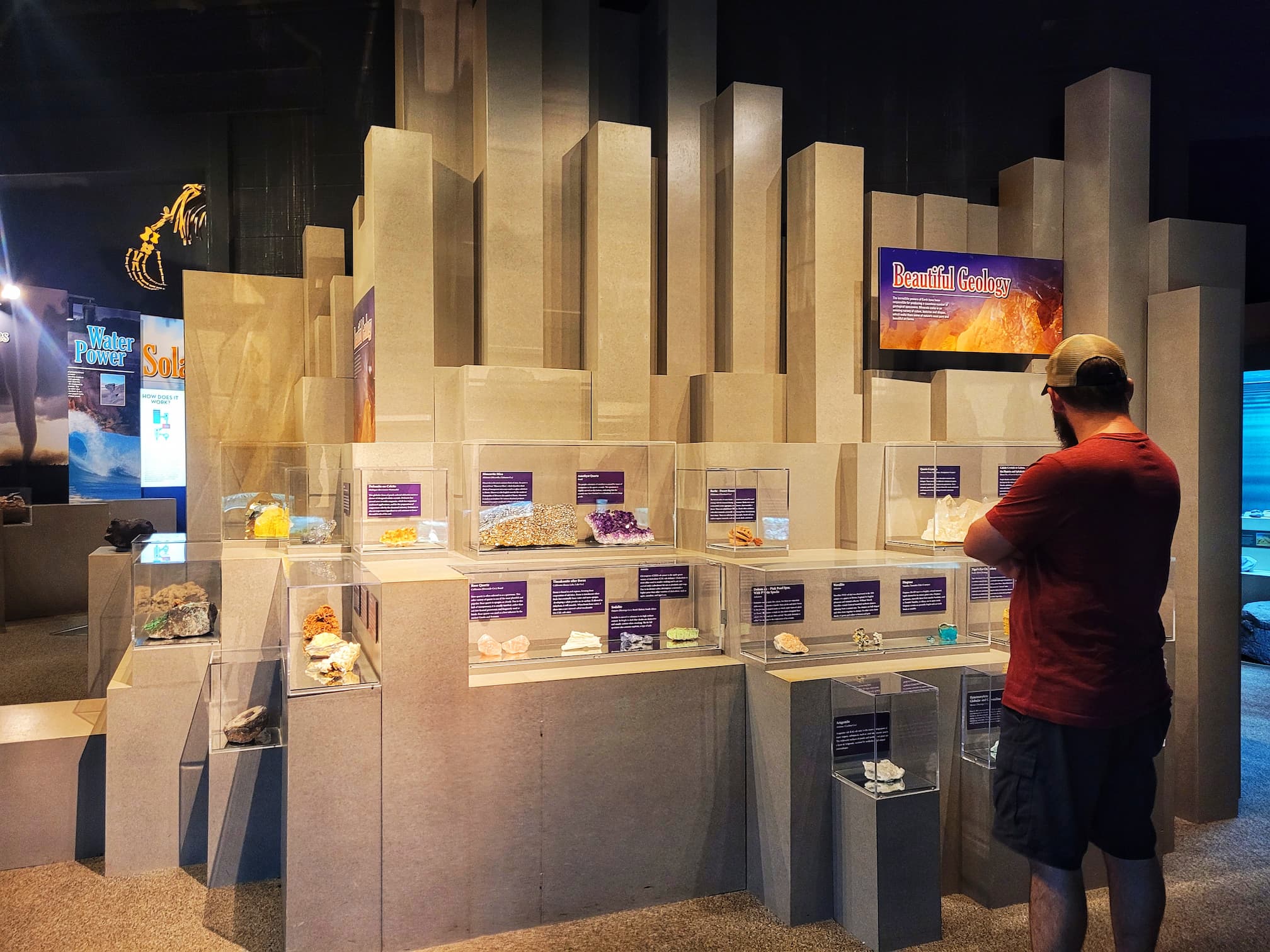
Of course, no natural history museum would be complete without dinosaurs and minerals!
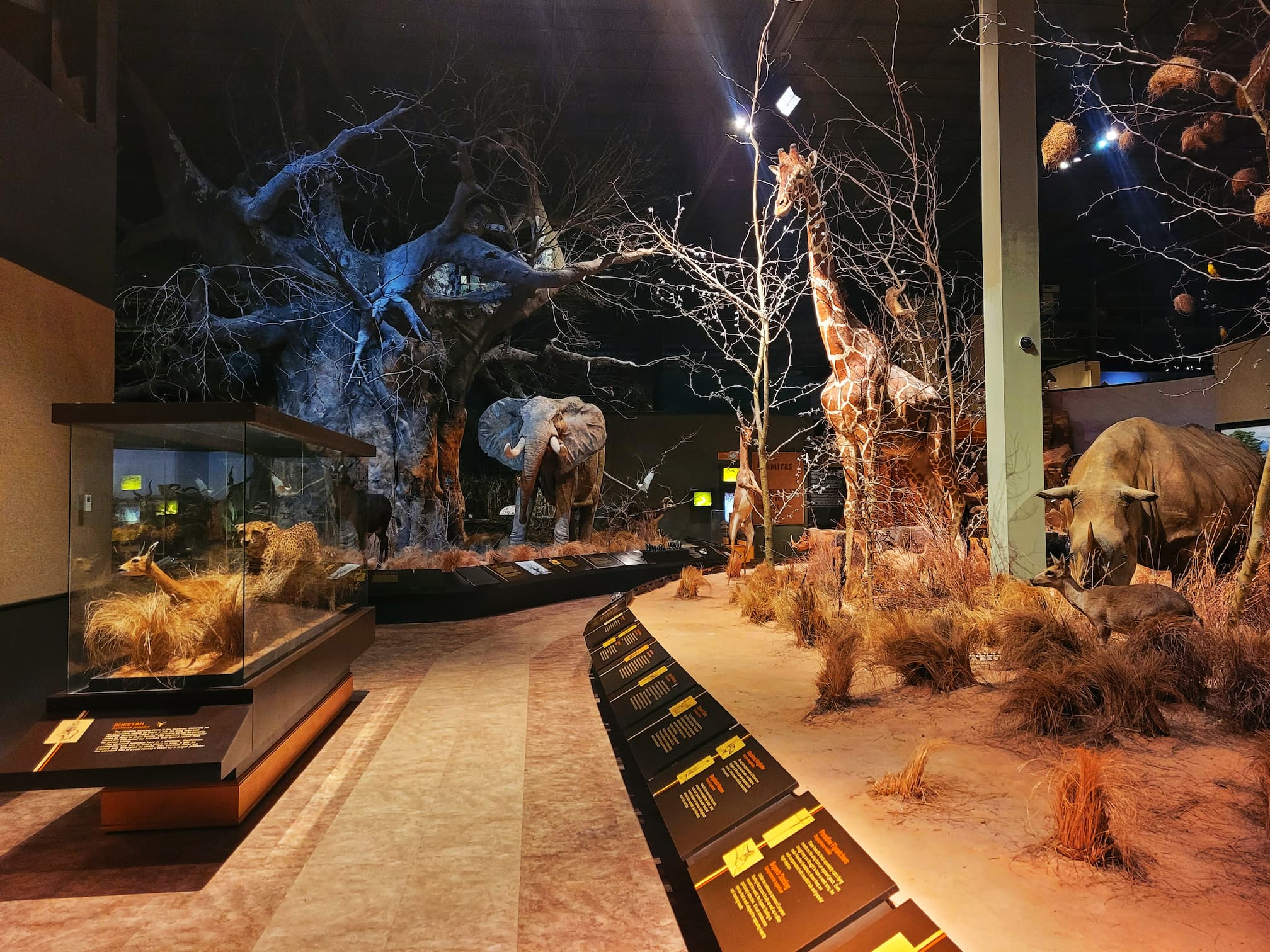
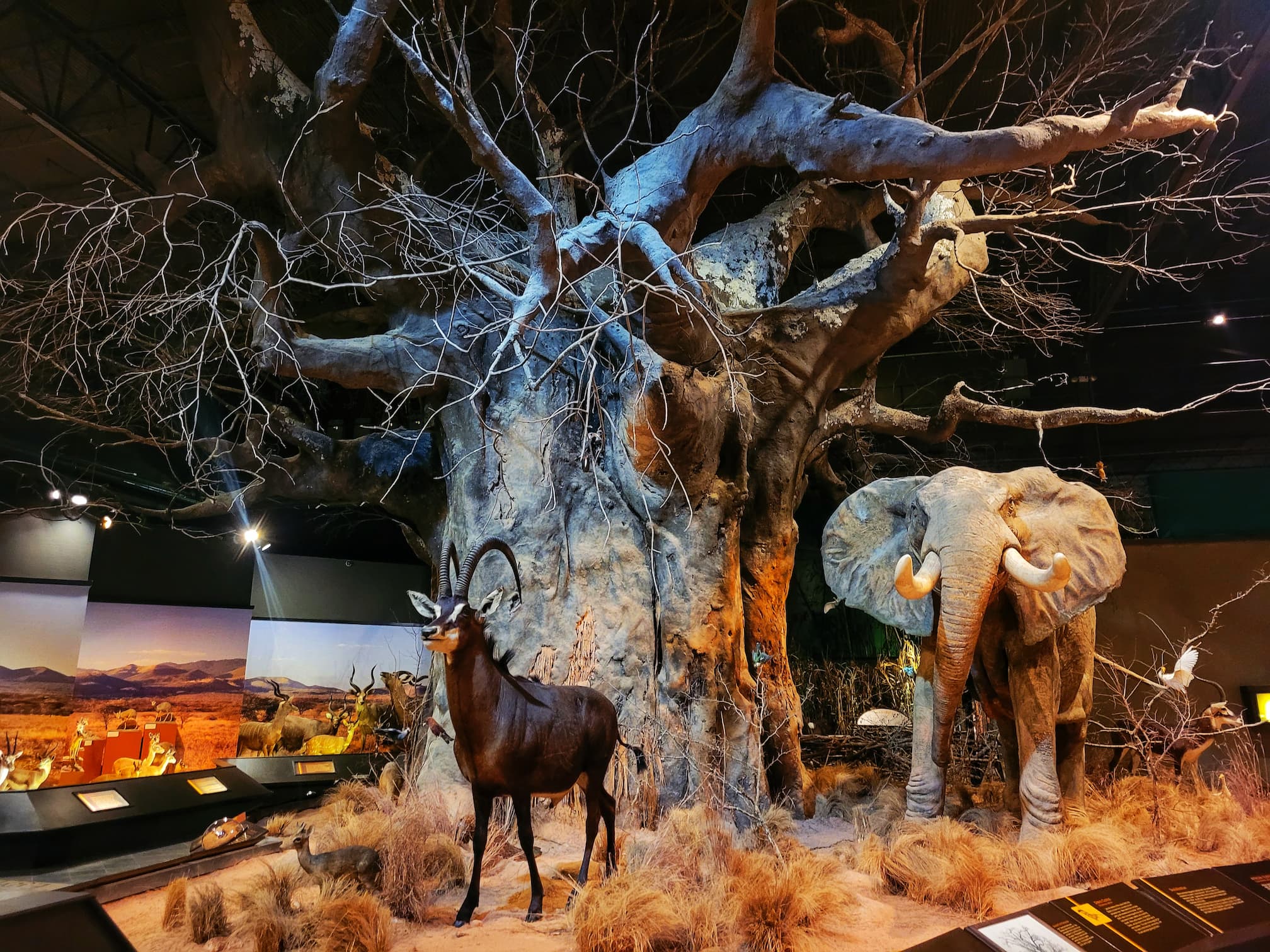
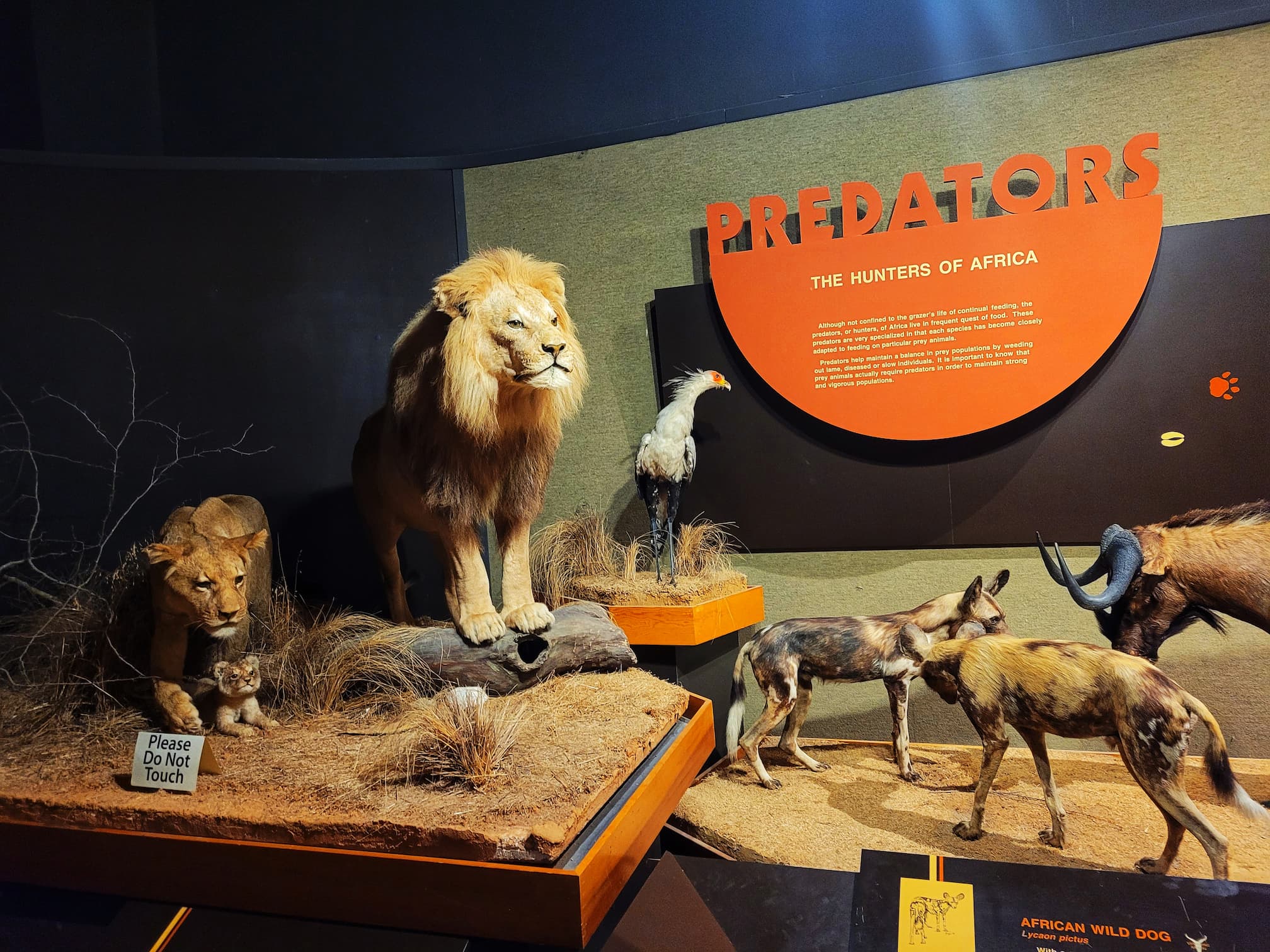
The biggest surprise of our visit was the massive African savanna exhibit. We definitely did not expect to see a full-sized elephant or giraffe in a small town museum. Not only was there a jaw dropping variety of animals on display here, but because museum ethics is something we care about, we were glad to see signage talking about this exhibit came to be. Some of the animals were donated to the museum after accidental zoo deaths or government confiscation, but most of them were hunted by local men who donated them. One sign talks about is collecting like this acceptable and explains that the animals here were collected under “management-based conditions” and how illegal collection is never acceptable. I don’t think either of us actually agree with this kind of big game hunting, but we’re ok with a museum using the donation to educate instead of the animals just sitting in some rich guy’s house. The biggest question we had was about the elephant, and luckily they answered that too. Poachers tried to kill this elephant with a poisonous arrow (which is also on display), but the elephant didn’t die until it was put down after suffering badly. I really like the reminder in the exhibit to, “Respect these specimens. Their precious lives were taken to enable visitors to learn about them.”
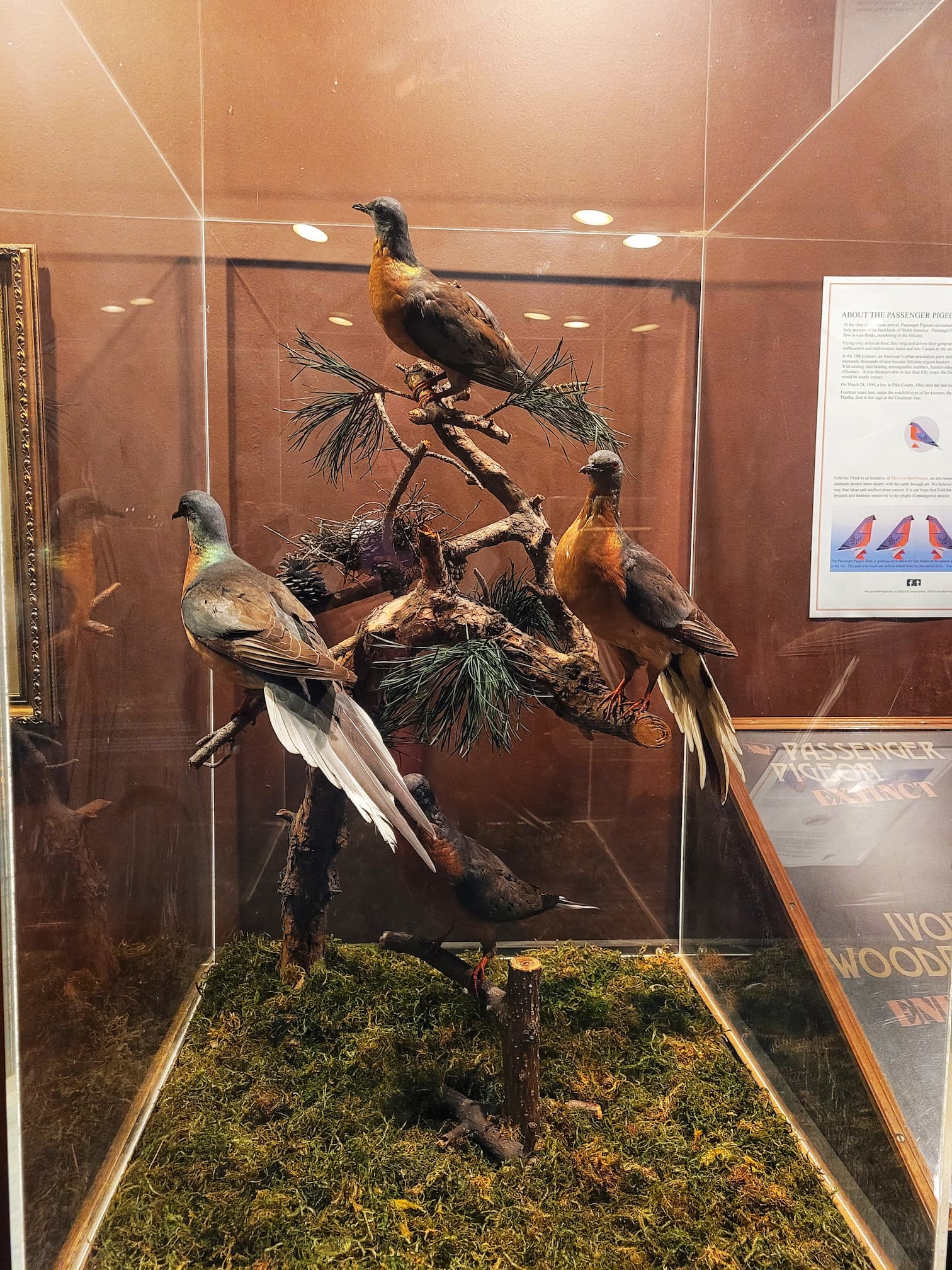
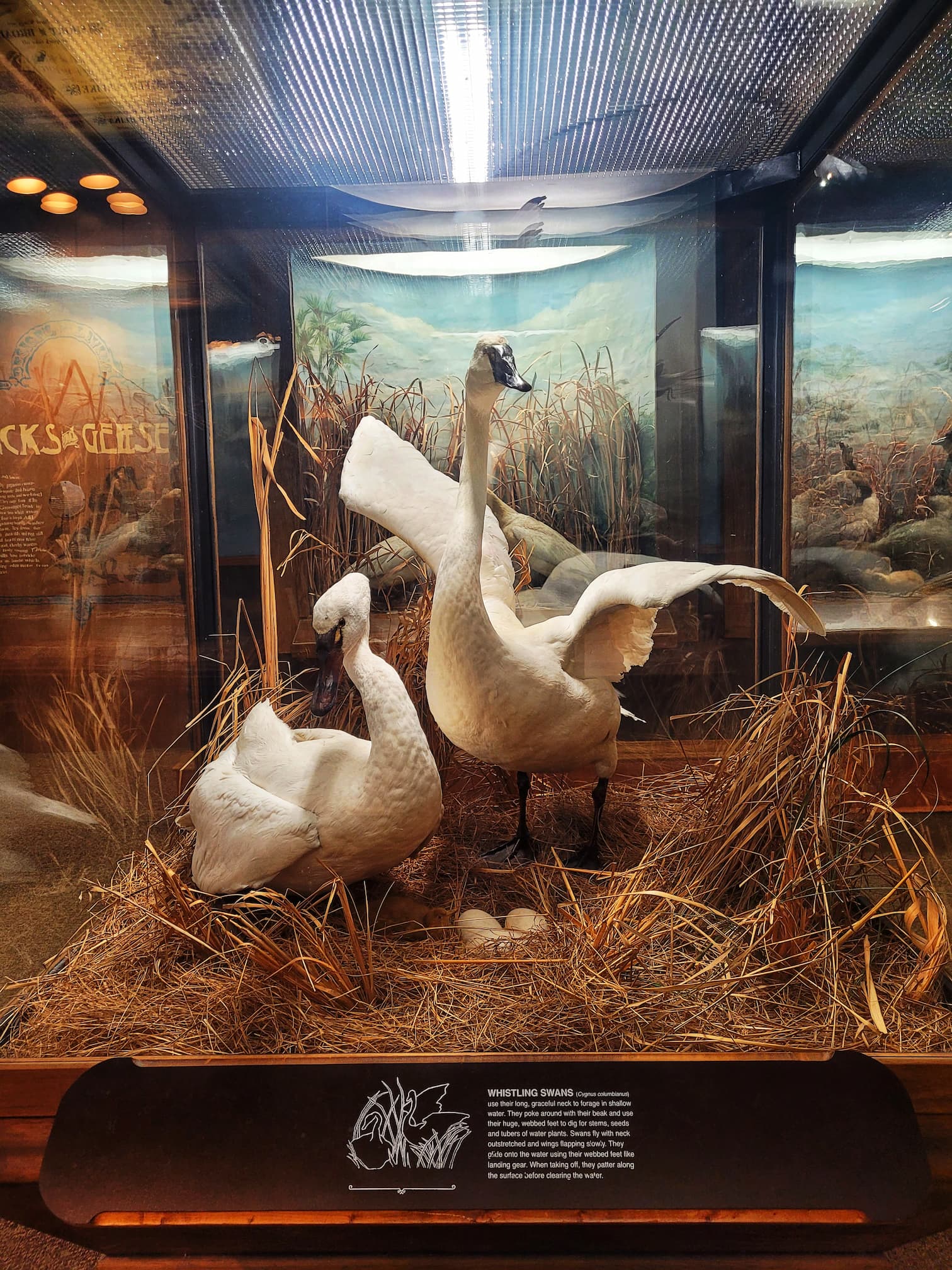
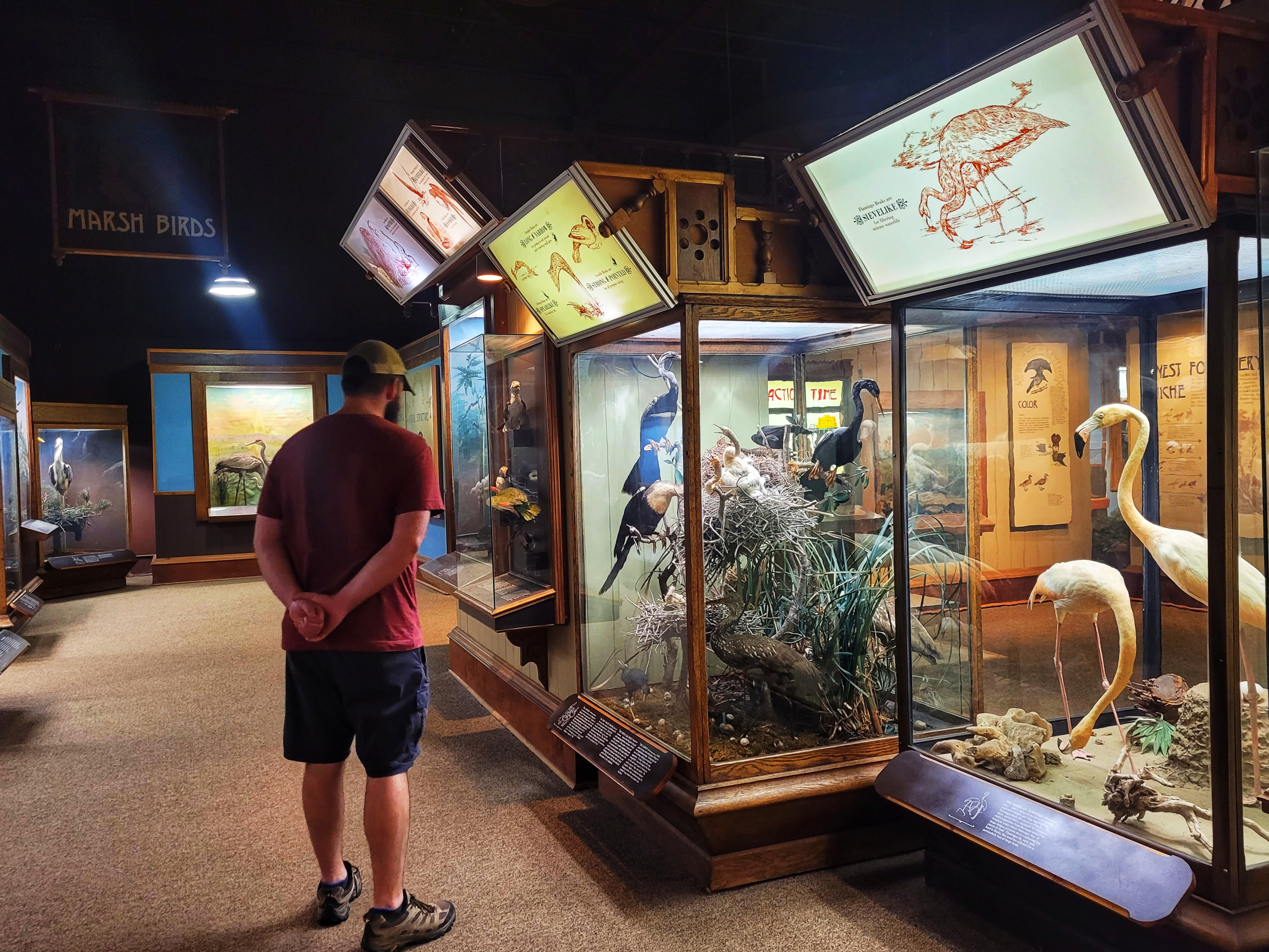
Another favorite exhibit of mine was the Regar Memorial Hall, which houses the oldest bird dioramas in the US. There are over 500 specimens across 140 species of birds displayed and the taxidermy is wonderfully preserved! We’re both big fans of the vintage style of taxidermy and museum dioramas, so seeing so many together was really cool. Everything was housed in vintage-style glass cases too, so it really felt like walking back in time to an early museum.
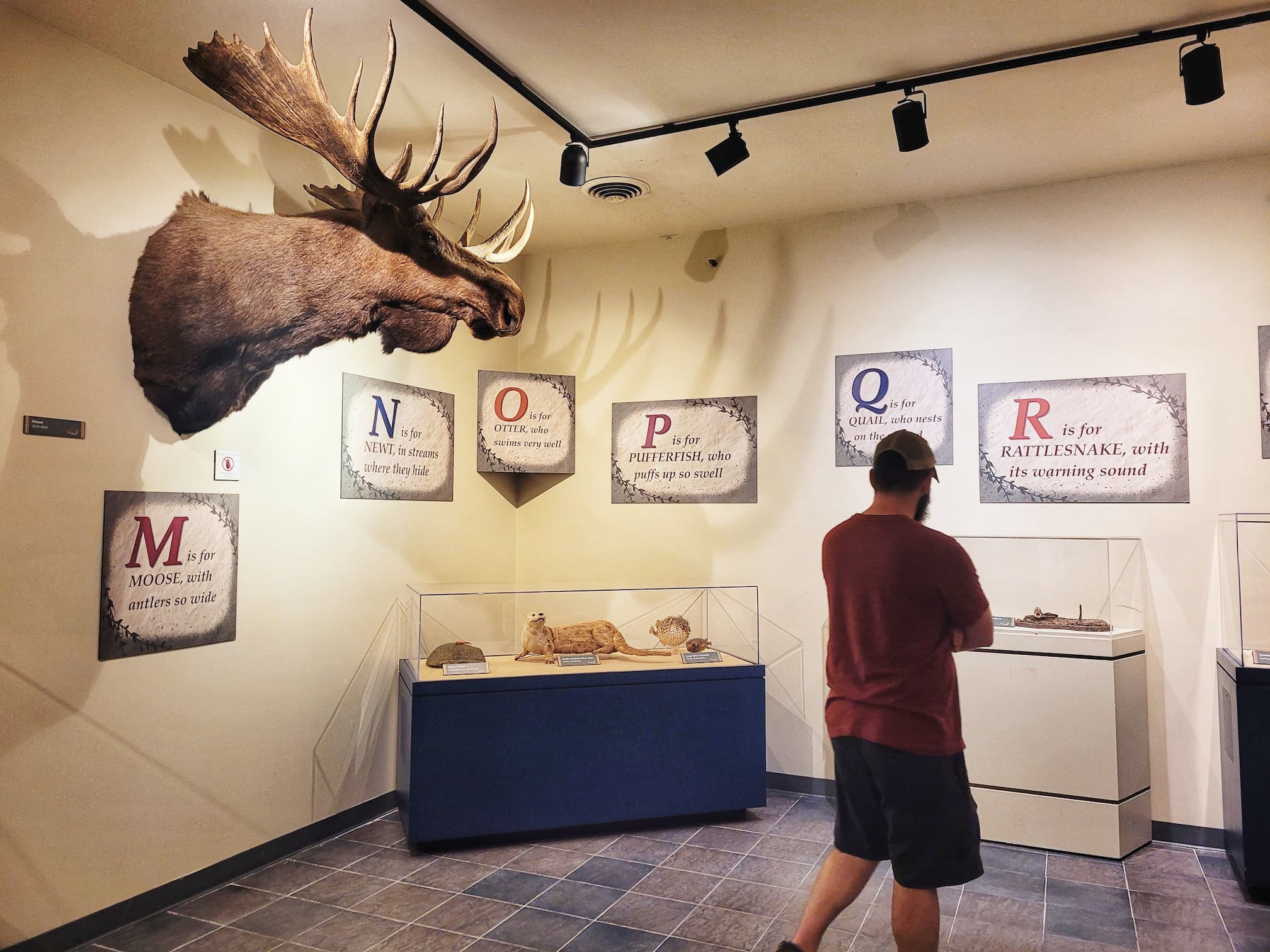
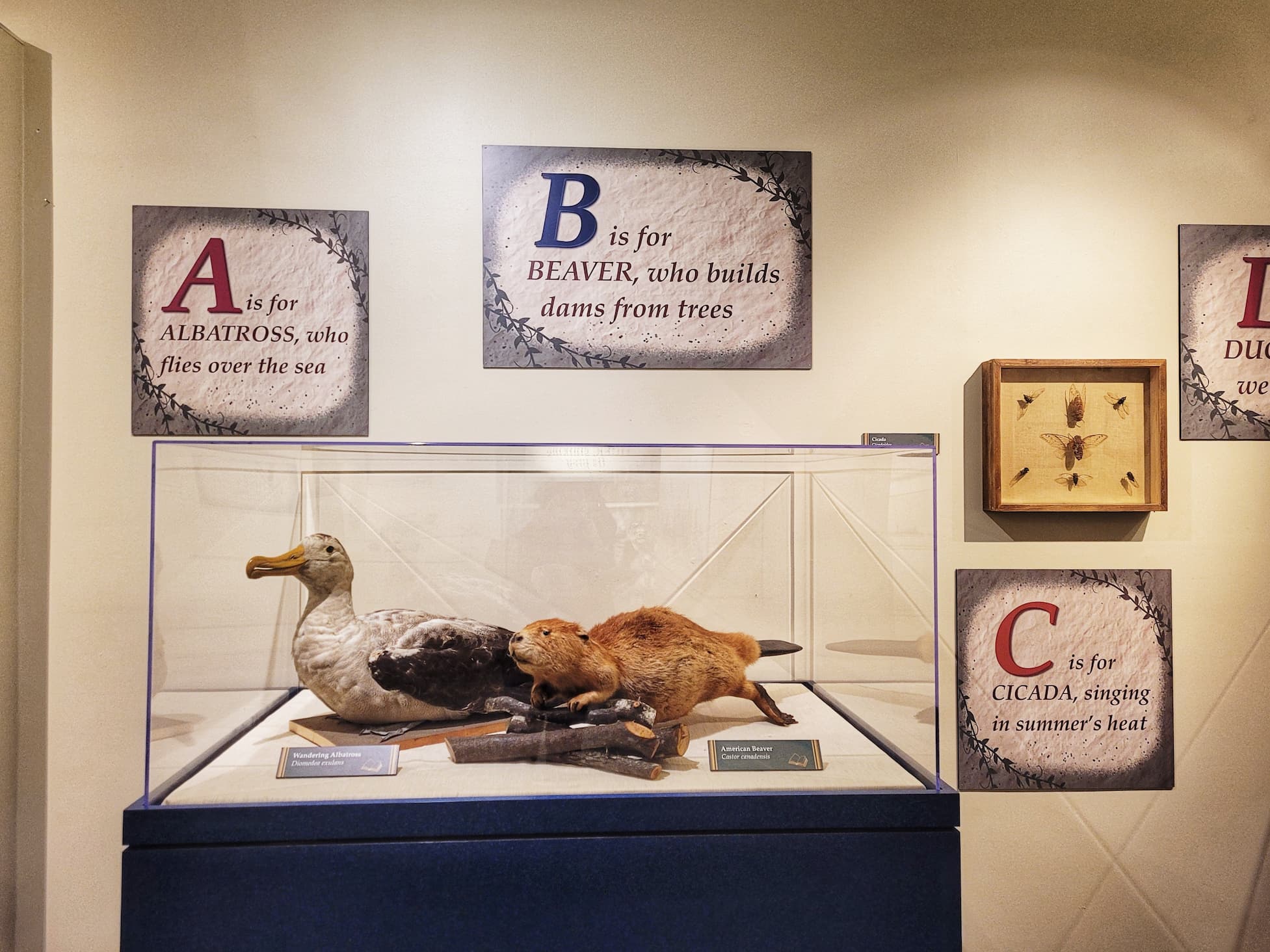
During our visit in spring 2025, the temporary gallery was hosting an exhibit with natural history specimens for every letter of the alphabet, which was a fun way to see more of the collection that’s usually off-display.
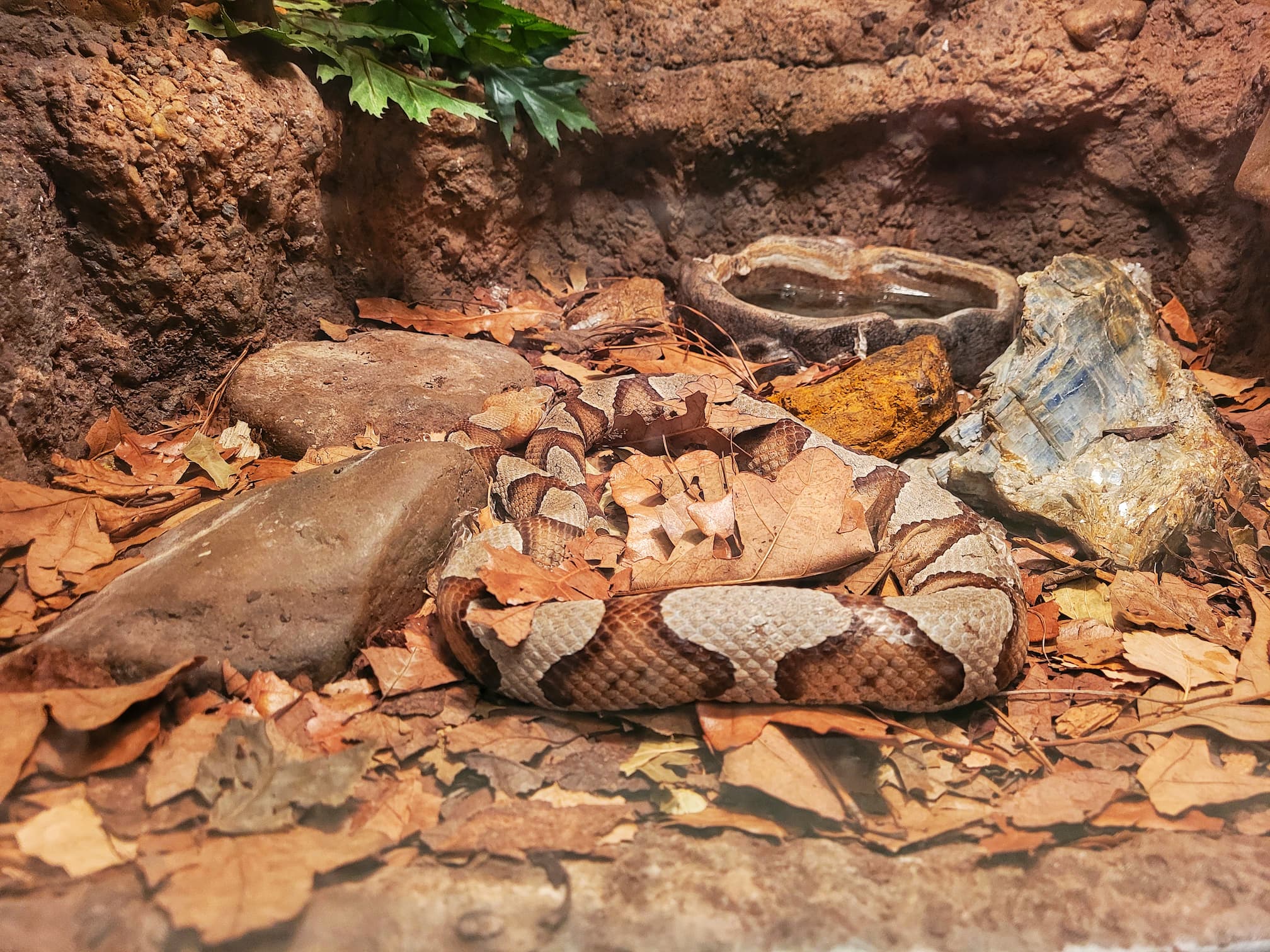

The Anniston Museum of Natural History was such a pleasant surprise! We were expecting your typical small town natural history museum, but it was much bigger (and better) than we thought it would be. It is a large museum and the exhibit quality is top tier. We visit a lot of museums and are both interested in museum design, so we can be picky, but the Anniston museum blew us away. We were especially not expecting a full African savanna here! It turns out that this part of the collection was donated by a local philanthropist and big game hunter. We definitely appreciated that in a few areas they had interpretive signs about where the specimens came from, since we ethical museum collections is definitely something we pay attention to. However, my biggest negative reaction was to seeing Egyptian human remains in the museum, since I strongly believe that museums should not keep and especially should not display human remains without consent, even when they’re mummified.
Berman Museum: Spies, Swords, and Stories of the Past
Across the courtyard, the Berman Museum feels like something out of a spy novel, and that’s not far from the truth. The museum was founded by Farley and Germaine Berman, a real-life couple who met during WWII while working as intelligence agents. (Yes, seriously.)
Farley joined the US Army after the attack on Pearl Harbor and was soon transferred to the OSS as an intelligence officer. He worked in Italy, the Middle East, Japan, and North Africa. Germaine was an agent for the French Resistance and the two were actually assigned to watch either other to ensure that neither was a double agent. Once they met and realized that, no, they were not double agents, they became friends and eventually fell in love. They spent the next several decades collecting interesting objects.
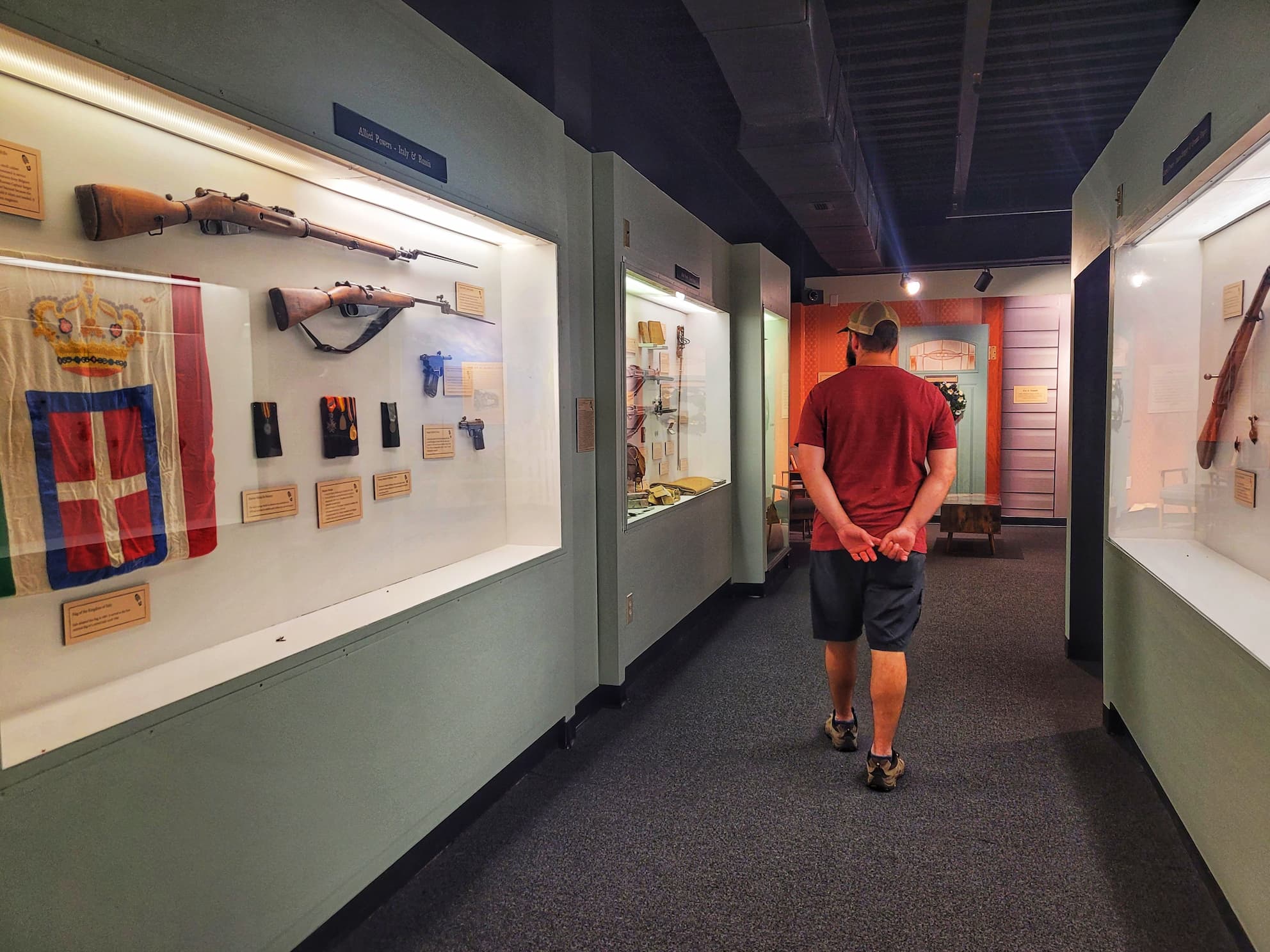
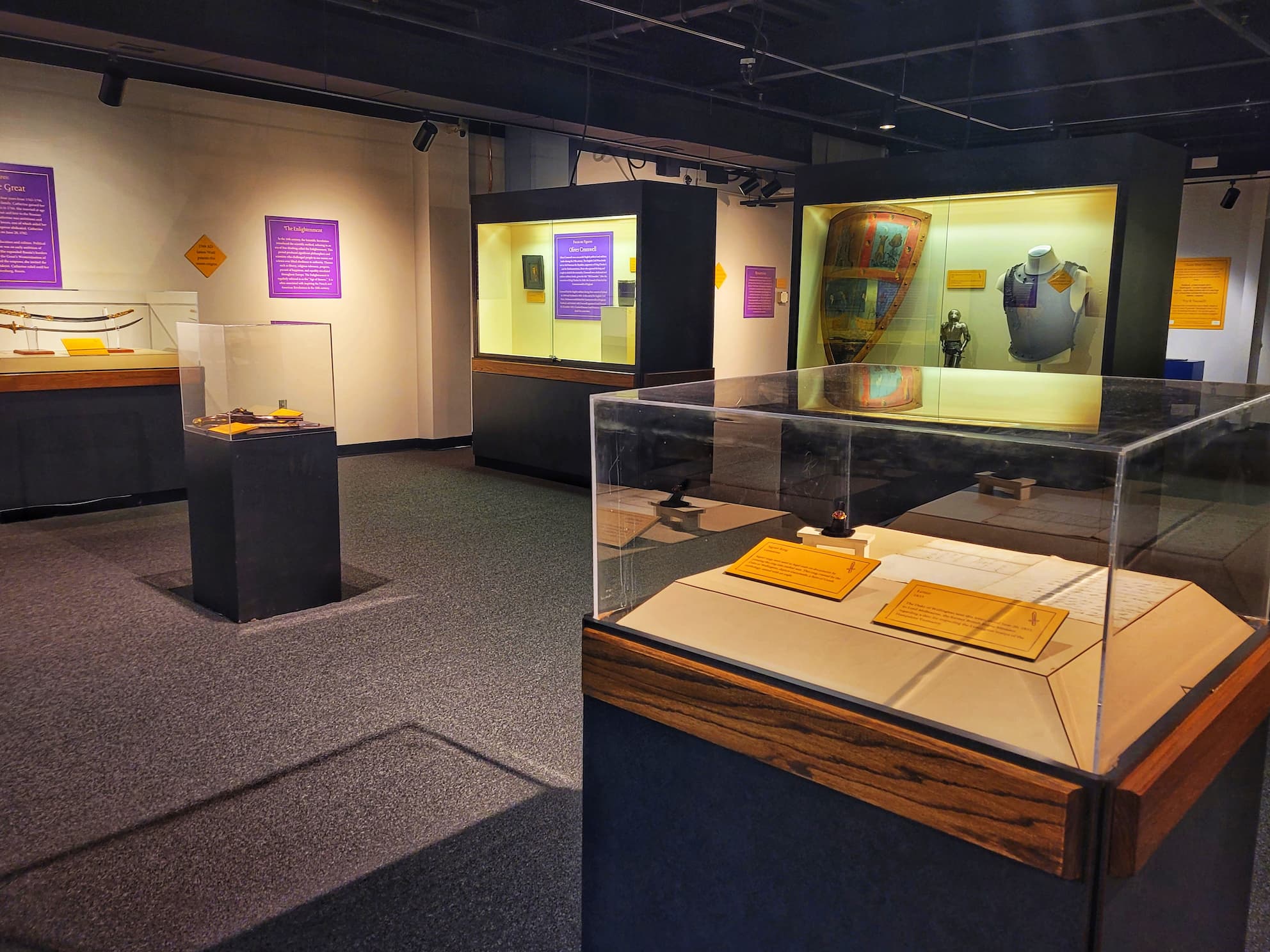
Over their lifetime, they collected over 10,000 pieces of weaponry, art, and historic artifacts, many of which are on display today. Farley loved military history and rare weapons, while Germaine leaned toward fine art and sculpture, and their passions are reflected in every gallery.
Exhibit Galleries include:
- Becoming America
- Reigns & Revolutions
- Arts of Asia
- Modern Warfare
- Danger, Deception, & Disguise
- Temporary Exhibit Gallery
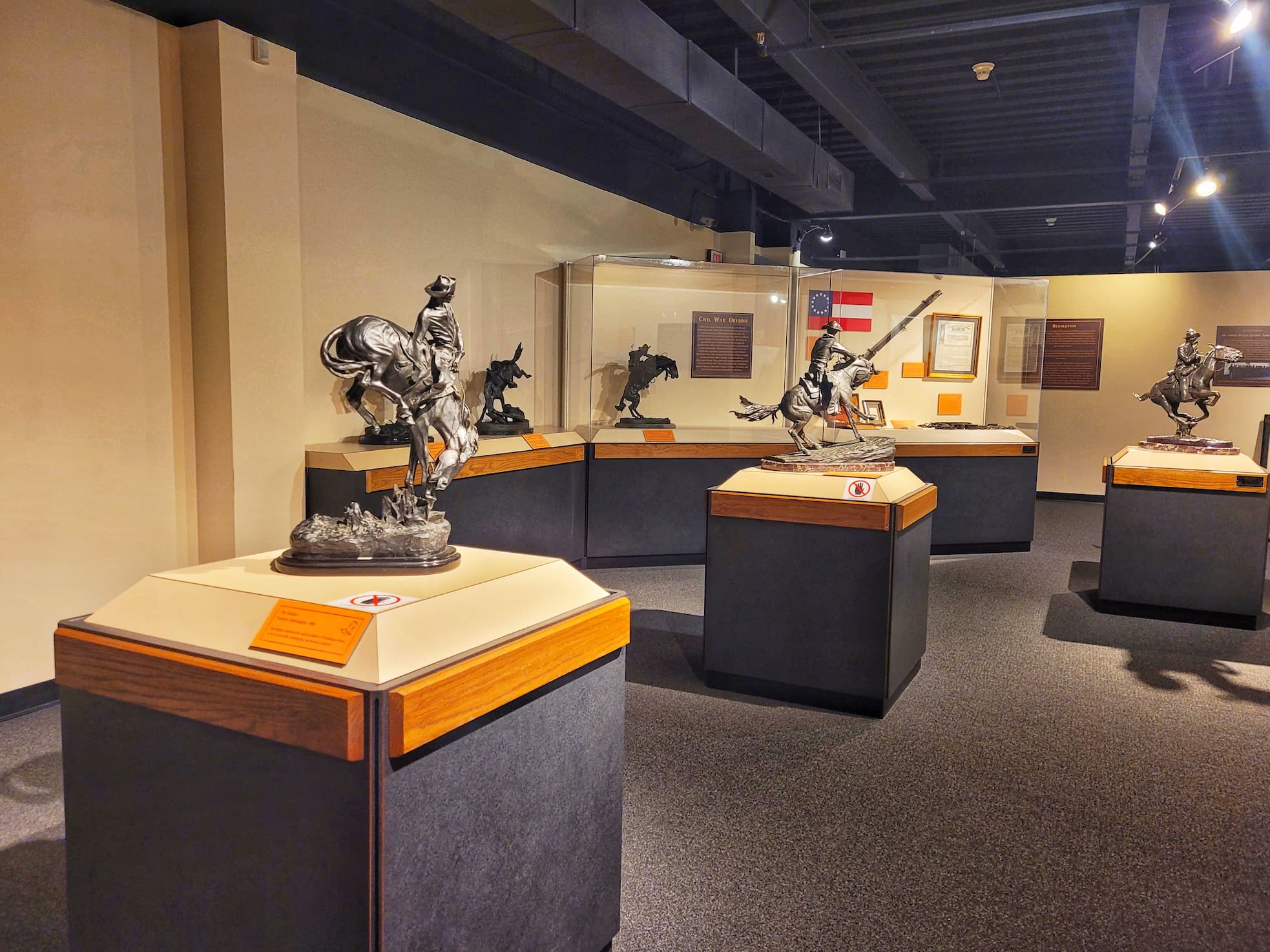
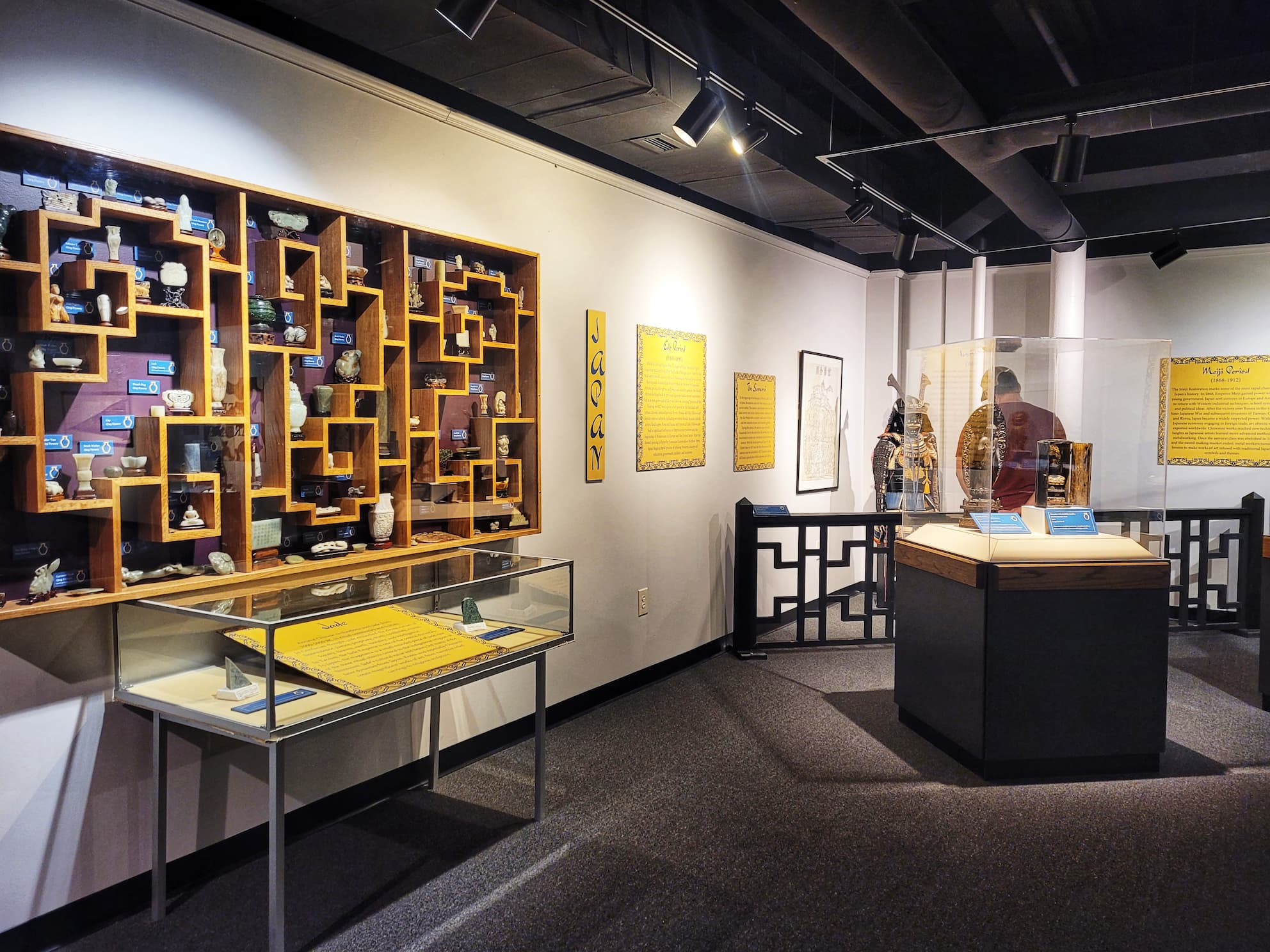
Honestly, we thought that the story behind the Berman Museum was more interesting than the museum itself. There were some neat objects, but after the amazing exhibit design of the Natural History Museum, the exhibits themselves felt very bland.
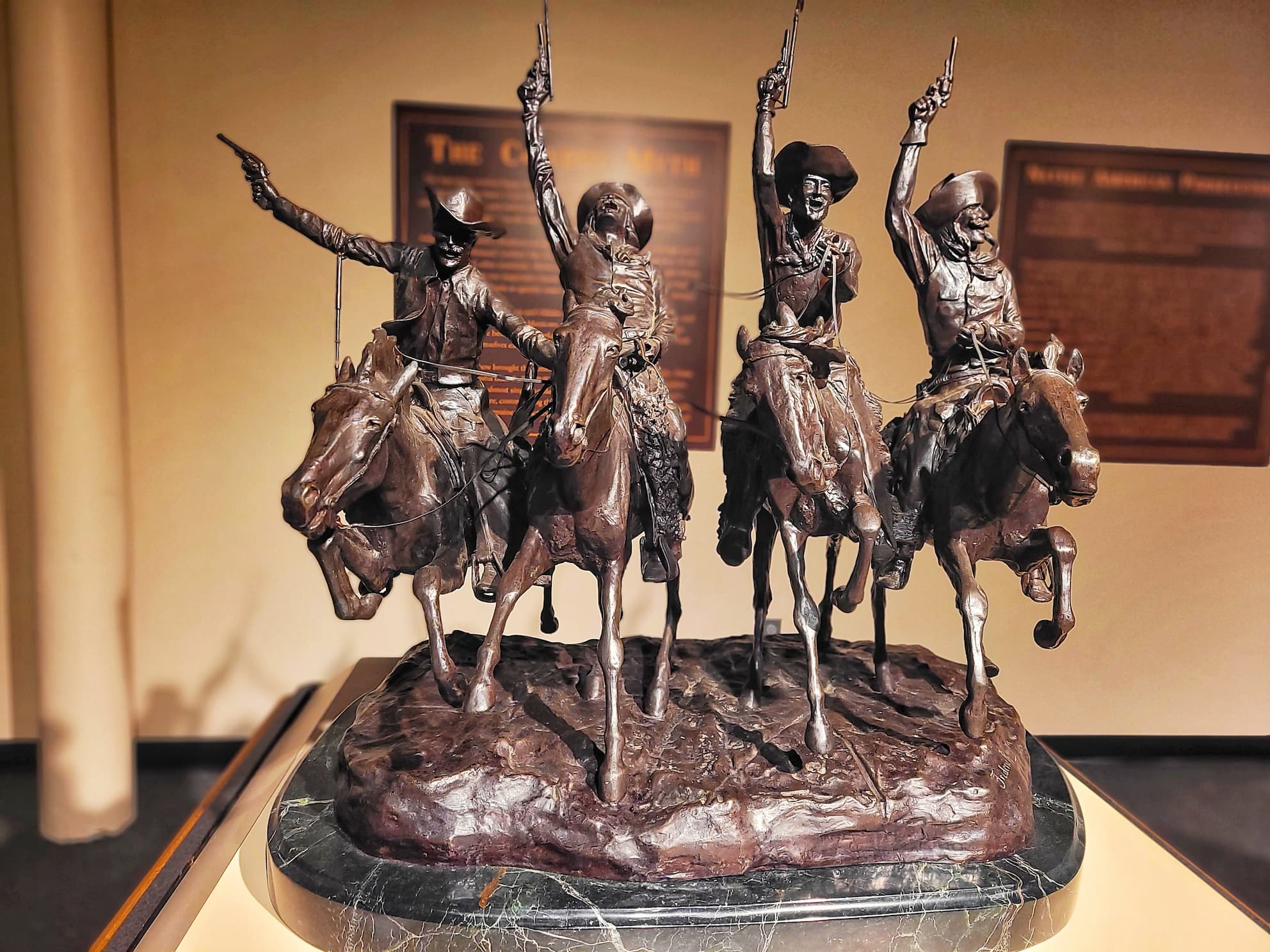
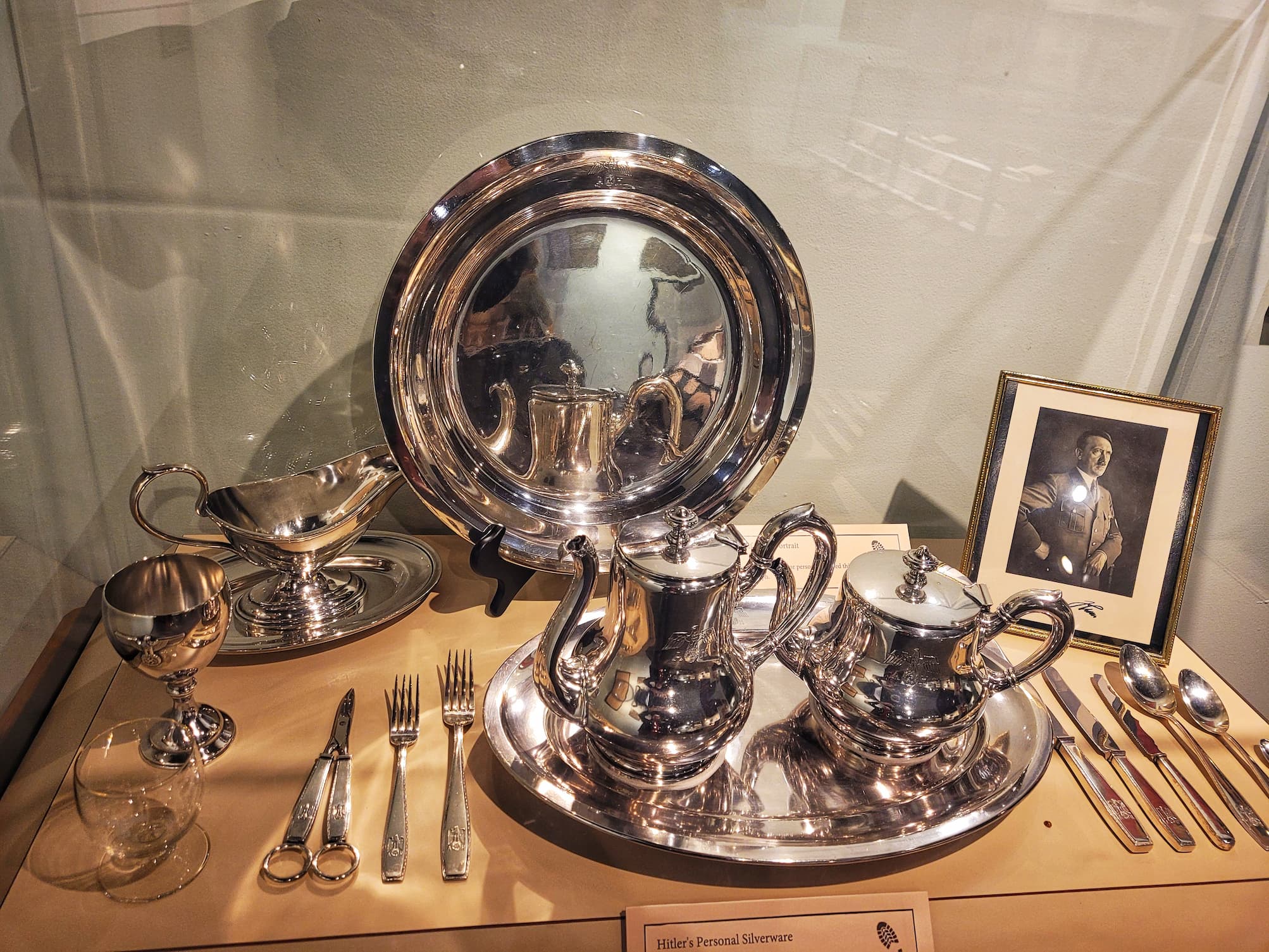
On the left above is part of the museum’s large collection of Frederick Remington bronze sculptures. On the right, is maybe the most famous group of objects in the museum- Adolf Hitler’s silver tea set.
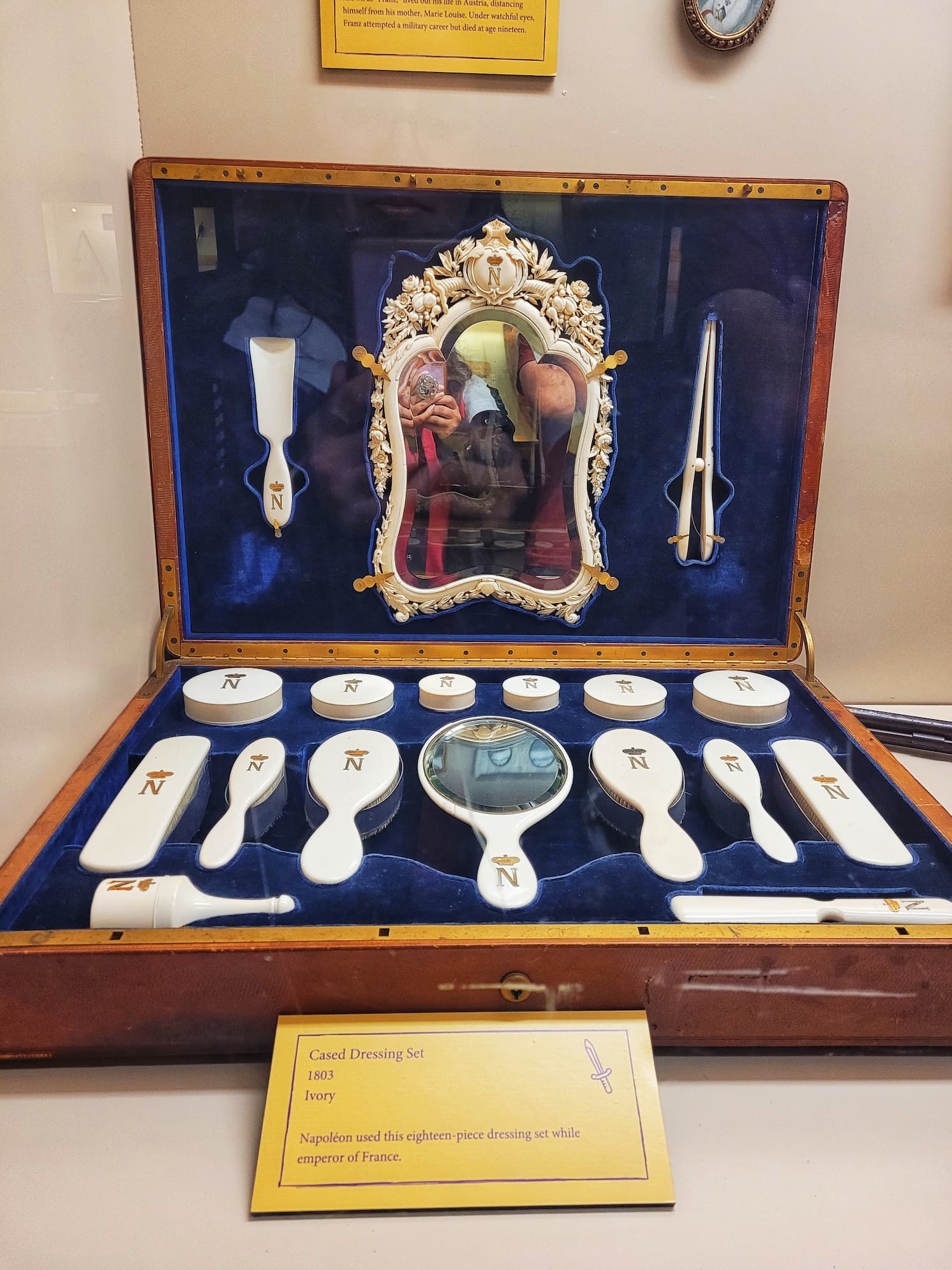
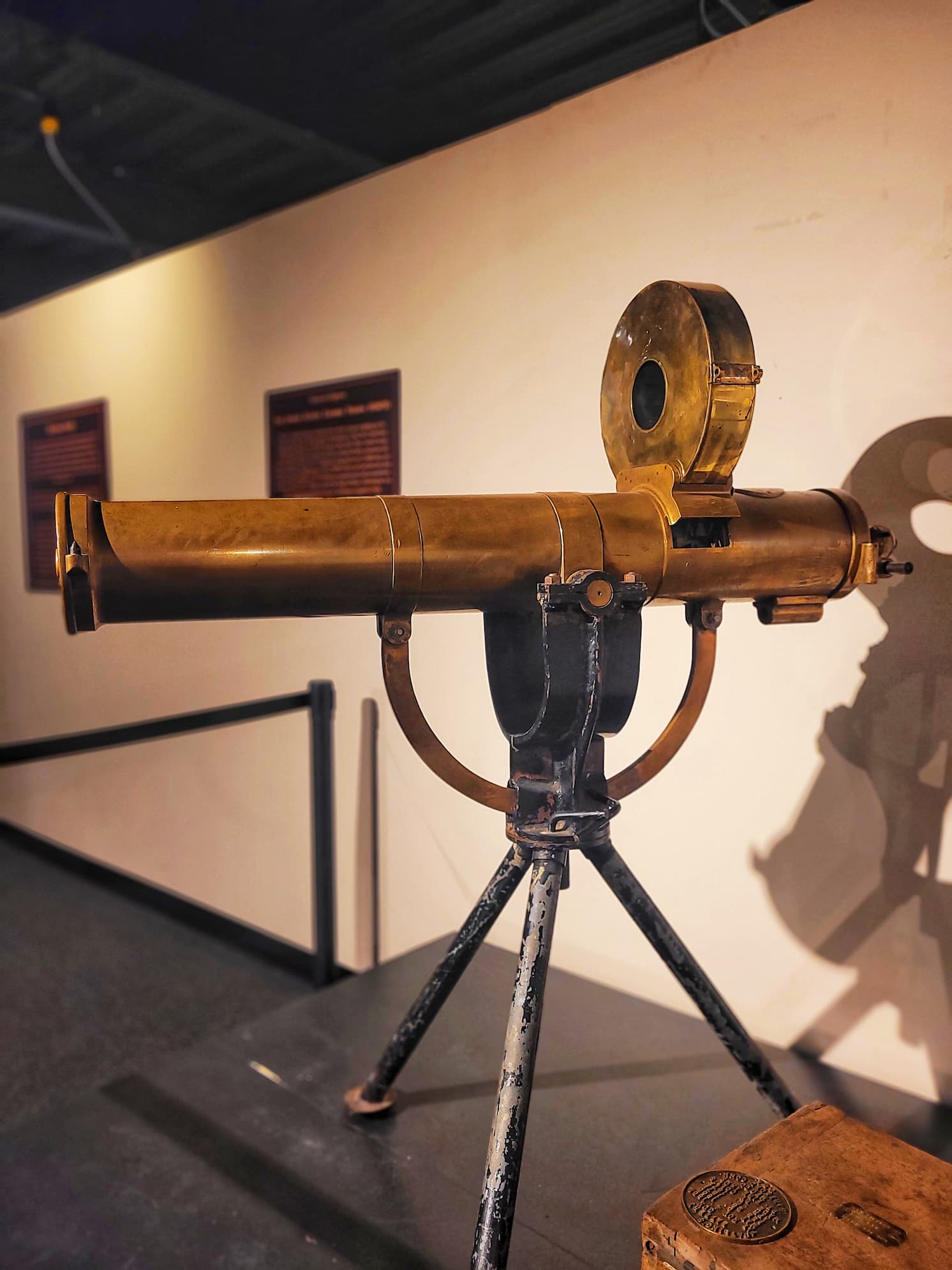
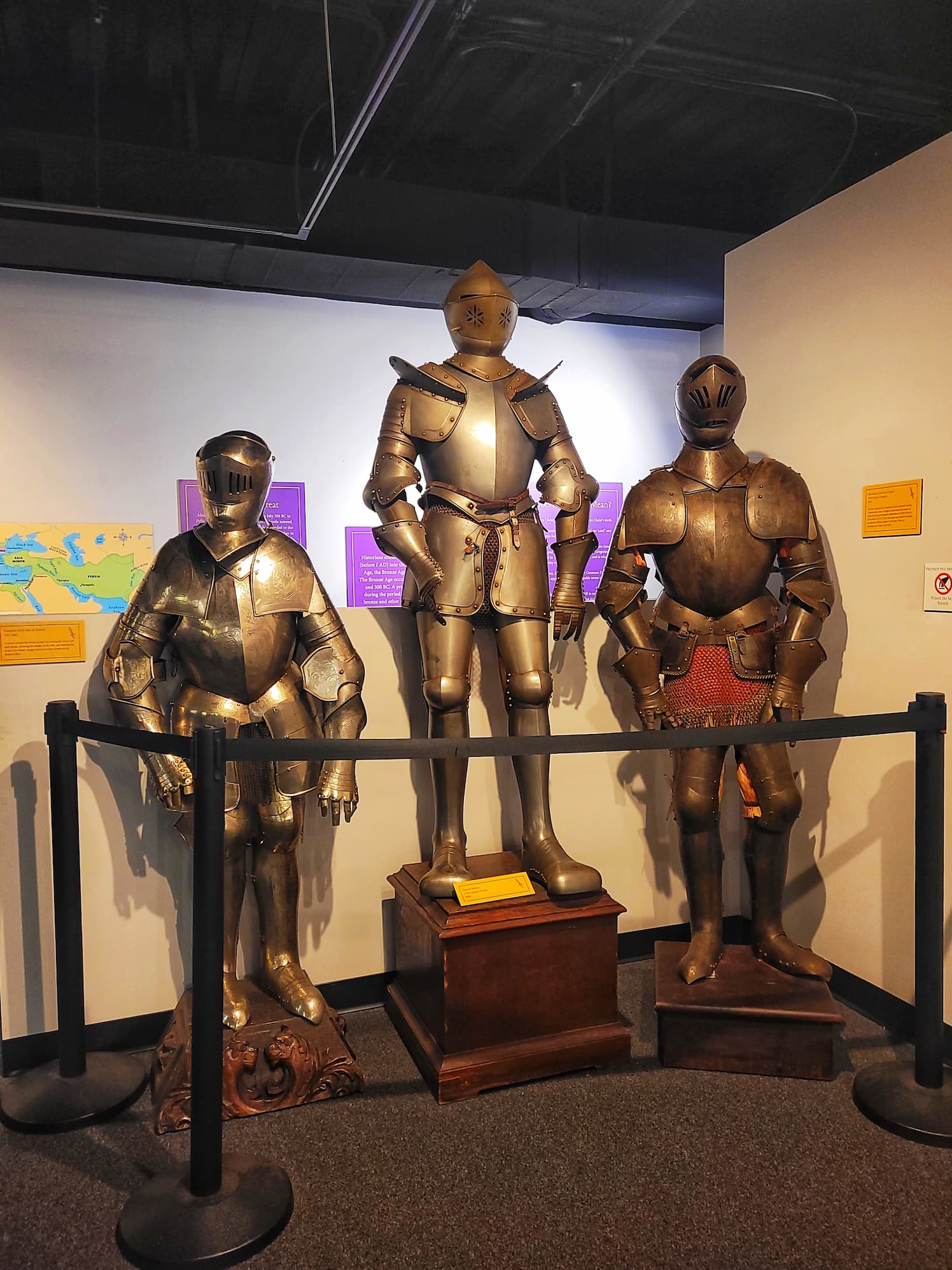
Starting from the left above, we have a dressing set used by Napoleon Bonaparte, an early machine gun, and a collection of armor.
Longleaf Botanical Gardens: A Peaceful Escape into Nature
Need to slow things down a bit? Head outside and breathe deep in the beautiful Longleaf Botanical Gardens. Spread across 125 acres, this still-growing garden project brings Alabama’s natural beauty to life, with accessible trails, native plants, and even a few animal encounters.
Gardens include:
- Tropical Courtyard and Koi Pond (near the Natural History museum)
- Wildlife Garden (near the Natural History museum)
- Berman Museum Xeriscape (low water use garden)
- Anniston Rotary Sensory Garden
- Tropical Cascading Garden
- Rosemary Synoptic Garden (where they are evaluating over a dozen rosemary cultivars to see which performs best in Alabama)
- Aromi Azalea Collection
- Edible Garden Display
- Learning Hot Spot Trail
- Birds of Prey Trail
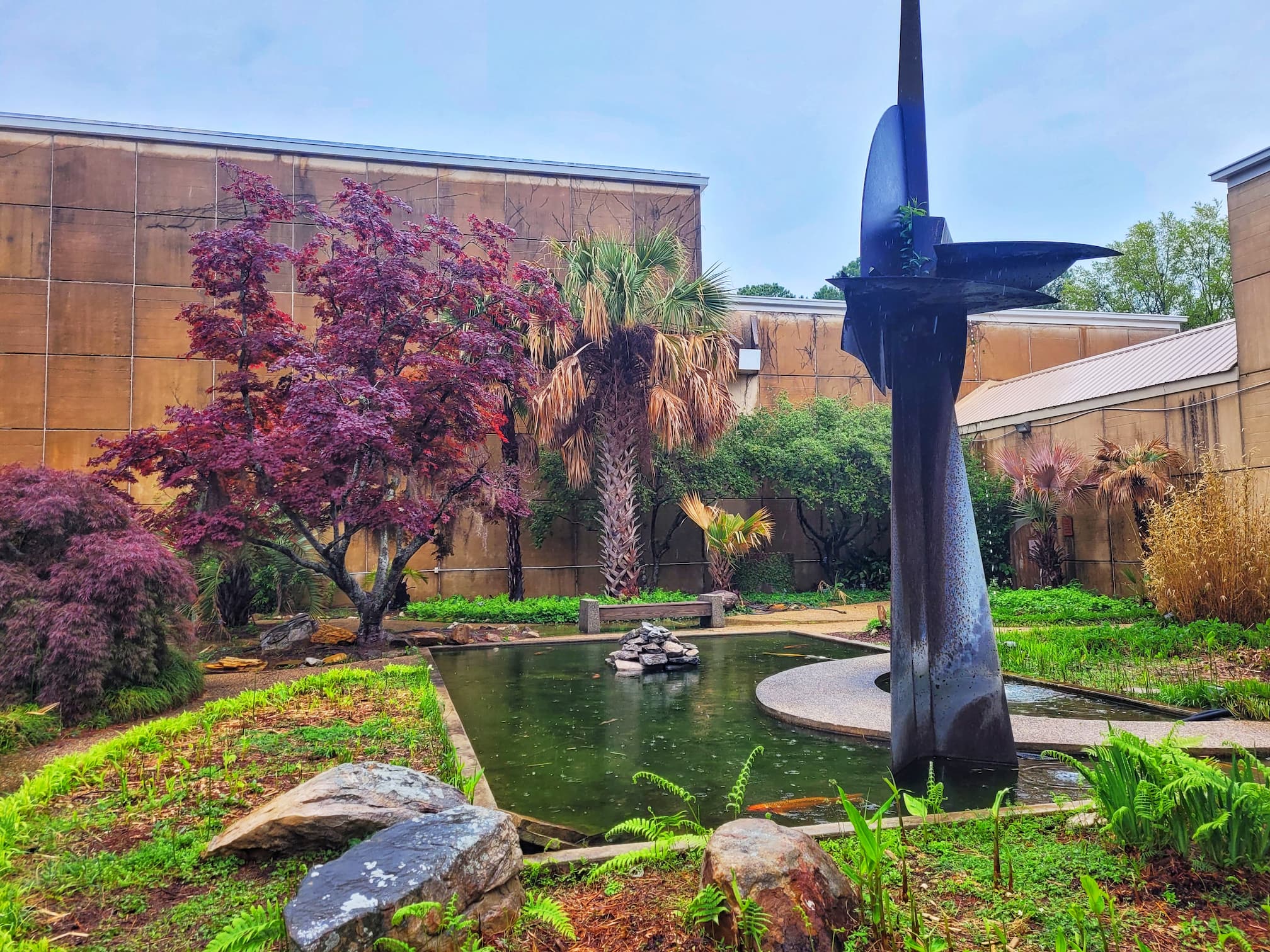
With free admission during museum hours, this is the perfect place to stretch your legs between exhibits or just enjoy a quiet moment in nature. If you’re visiting between June and October, you’re catching the gardens at their peak!
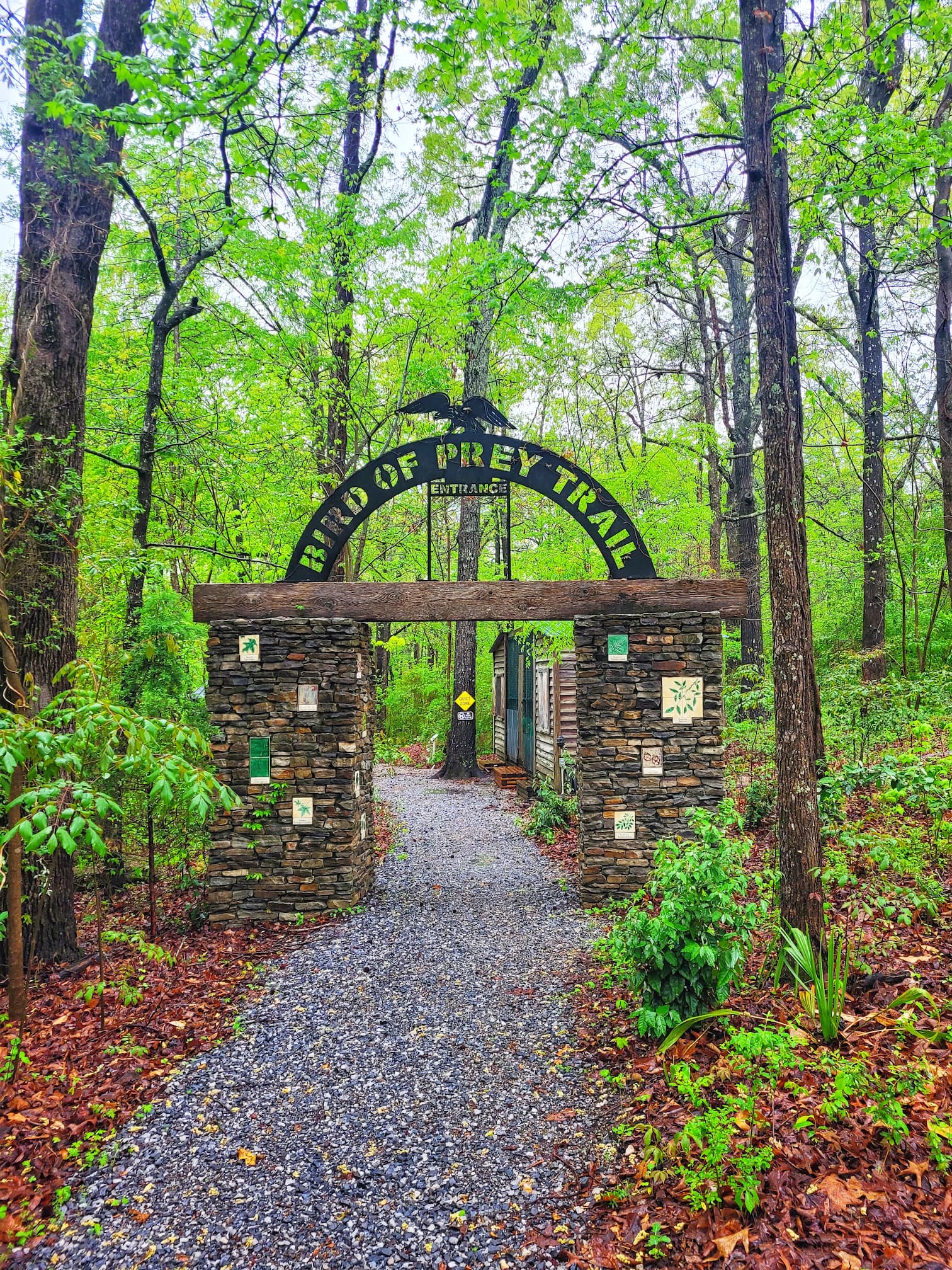
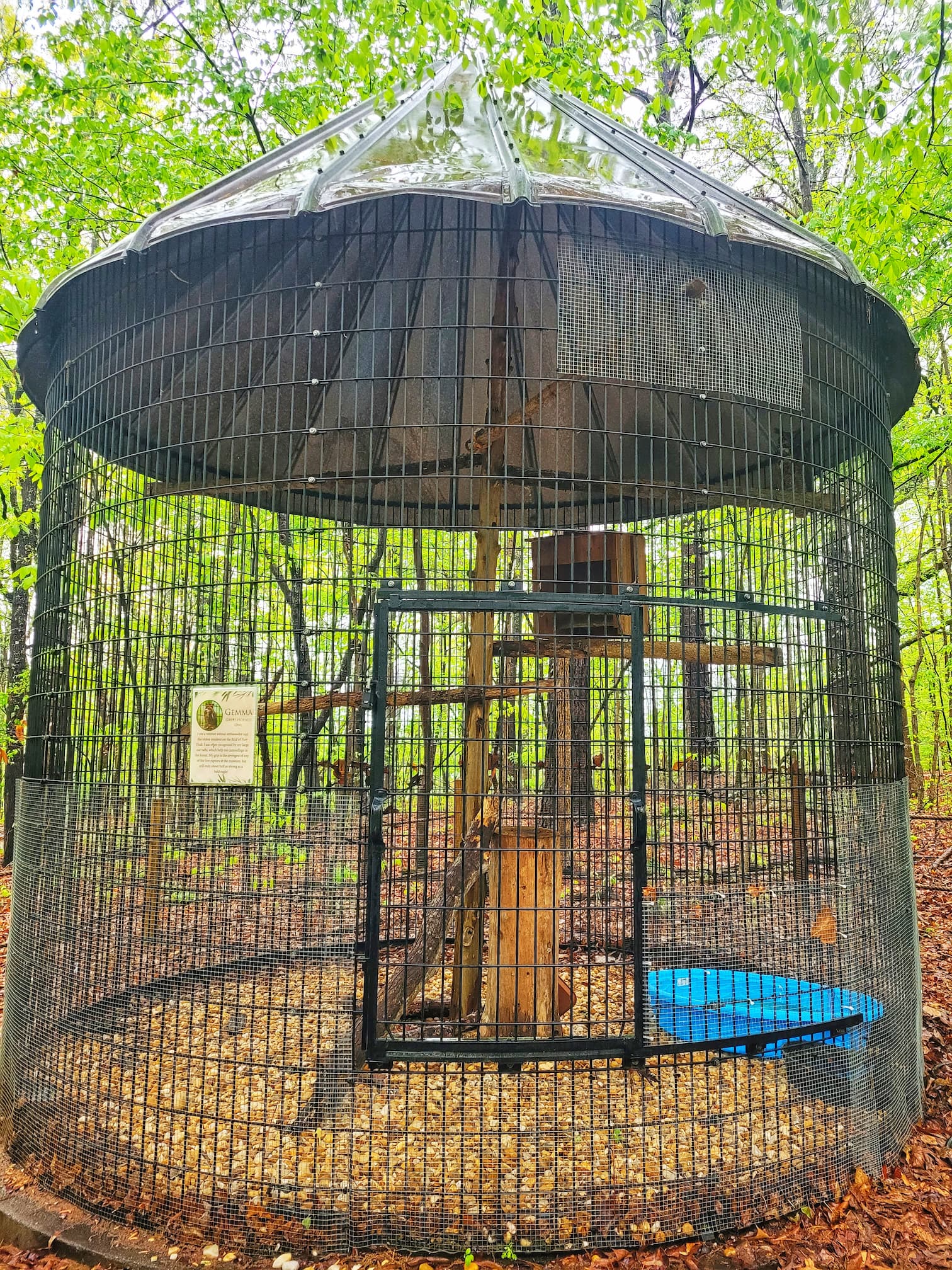
We walked the Bird of Prey Trail, where we got to see the resident hawks and owls. These are all birds who are permanently injured and can’t be re-released into the wild. We also hiked the 1/3 mile Longleaf Nature Trail, which was a nice little walk through the forest.

